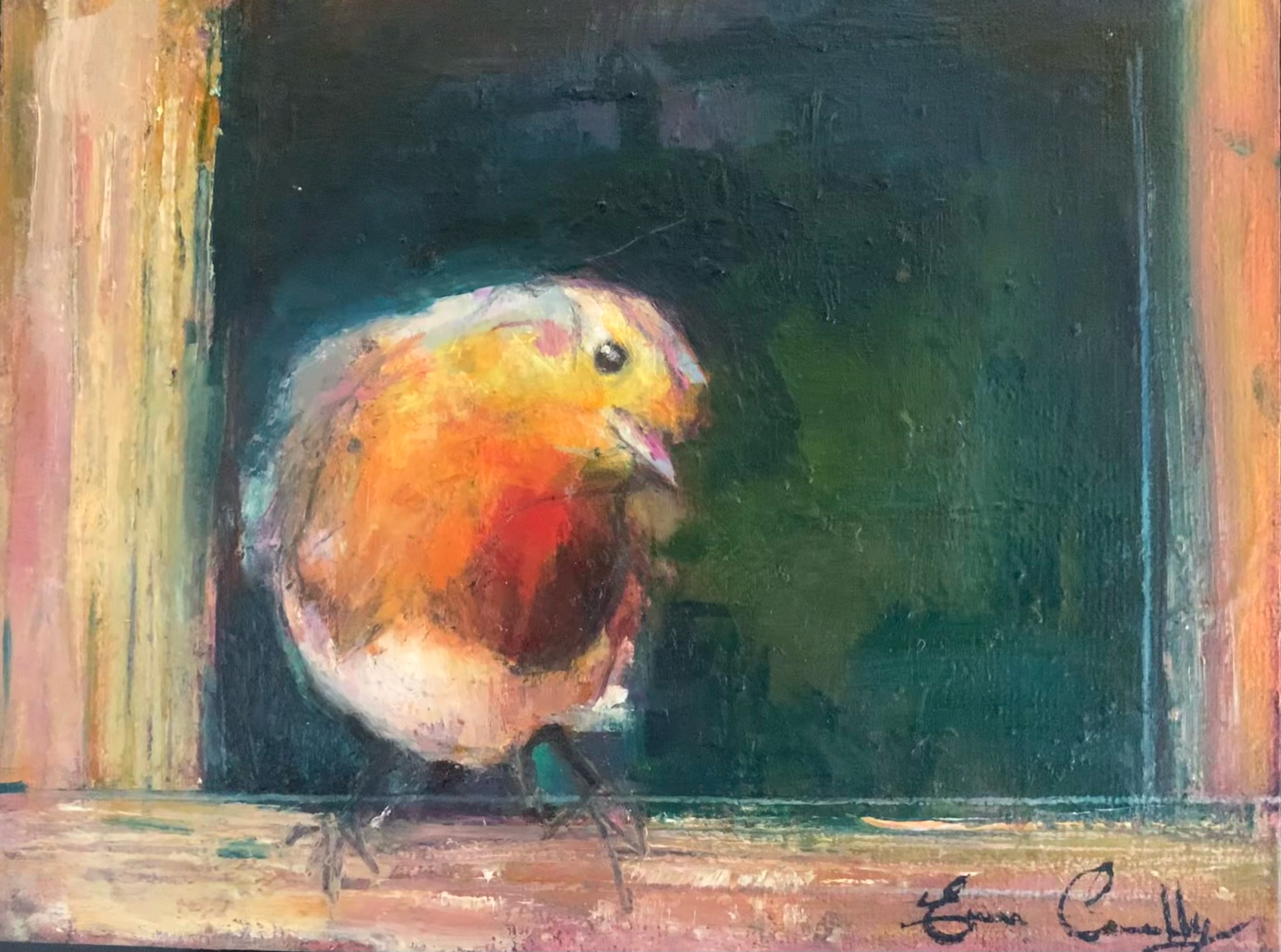LATEST NEWS
OPEN CALL: The People’s Choice Exhibition at the Albany Gallery, Cardiff
We are inviting artists to submit work for our upcoming People’s Choice Exhibition in January 2026 - a celebration of creativity. This special event gives visitors the chance to vote for their favourite artwork, and the winner will be invited to take part in our popular Summer Show, one of the highlights of the gallery’s calendar. We are seeking original paintings or drawings from artists at any stage of their career.
Key Details:
- Deadline for submissions: 5 December 2025
- Exhibition dates: 9 January – 7 February 2026
- Location: Albany Gallery, 74b Albany Road, Cardiff CF24 3RS
How to Apply:
Please email info@albanygallery.com with:
- Up to 5 images of your recent work (JPEGs, max 2MB each)
- A short artist statement or bio (max 150 words)
- Title, medium, and dimensions of each piece
- Your contact details
Don’t miss this opportunity to showcase your work, engage with our gallery visitors, and be part of one of Cardiff’s most loved art gallery’s events
We look forward to seeing your submissions!
The Albany Gallery celebrates 60 years of artistic excellence in Wales
One of Wales’ most beloved and enduring cultural institutions, the Albany Gallery proudly celebrates its 60th anniversary this autumn. Founded in 1965 by the late Mary Yapp MBE and artist David Griffiths MBE the gallery has become a cornerstone of the Welsh art scene, showcasing a rich tapestry of artistic talent from across the UK.
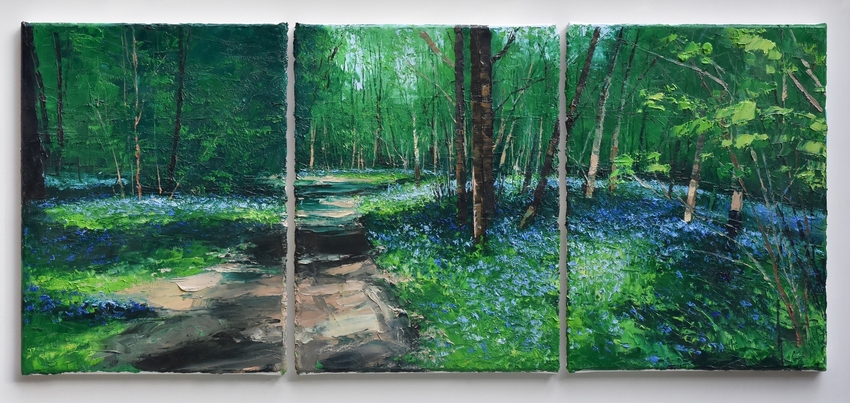
Colin Carruthers
David Griffiths left the gallery shortly after its founding to pursue his celebrated career, and it was Mary Yapp’s vision, passion, and unwavering dedication that guided the Albany Gallery for over five decades. Her extraordinary commitment to the arts earned her an MBE in 2017, recognising her instrumental role in creating and nurturing a space for both established and emerging artists. Following her retirement in 2019 Mary entrusted the gallery to her long-serving and dedicated team: Hannah Bryce, Elizabeth Campbell, and Bethan Lee, who continue to carry forward her legacy with pride and purpose.
A Platform for Wales’ Finest Artists
Over the years the gallery has exhibited and supported the work of many of Wales’s most iconic artists, including the late Sir Kyffin Williams RA, widely regarded as one of the pre-eminent Welsh landscape painters of the 20th century. Sir Kyffin was a close associate of the gallery and Mary was his Welsh agent until his passing in 2006. He contributed significantly to its reputation for excellence.
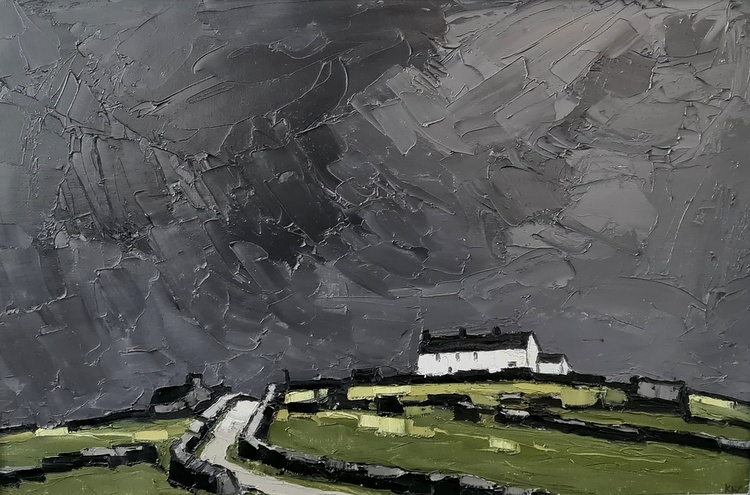
Sir Kyffin Williams RA
The gallery has also played host to a wide array of distinguished artists over the decades, including: Diana Armfield RA, Ceri Auckland-Davies, Peter Brown NEAC, Tim Fudge, Valerie Ganz, Nick Holly, Ken Howard RA, Mike Jones, John Knapp-Fisher, John Lines RSMA, Martin Llewellyn, Donald McIntyre, Gwyn Roberts, Will Roberts, William Selwyn, Rosa Sepple PPRI, Gareth Thomas, and David Tress. Their long-standing relationships highlight the gallery’s commitment to quality, tradition, and creative evolution.
A Special Anniversary Exhibition
To mark this milestone, the Albany Gallery is hosting a special 60th Anniversary Exhibition, running from 24 October to 22 November, which will feature a curated selection of works from artists past and present who have shaped the gallery’s journey. The exhibition will reflect the breadth and depth of artistic expression that has passed through its doors since 1965.
The exhibition will launch with a special opening on Friday 24 October from 5pm, featuring a commemorative talk by renowned Welsh television presenter and art lover Arfon Haines-Davies, documenting the gallery’s remarkable history and its place in the cultural life of Wales.
As it looks to the future, the Albany Gallery remains committed to nurturing artistic talent and providing a space where art continues to inspire and connect.
Martin Llewellyn captures the raw beauty of Wales with powerful texture and emotion in his latest major solo exhibition at the Albany Gallery
Martin Llewellyn is the living breathing example of the working class artist who ‘made good’.
The fairy tale of the carpet fitter who began his masterful career as a painter, because his wife, Allison, gifted him some sketching pencils and materials one Christmas.
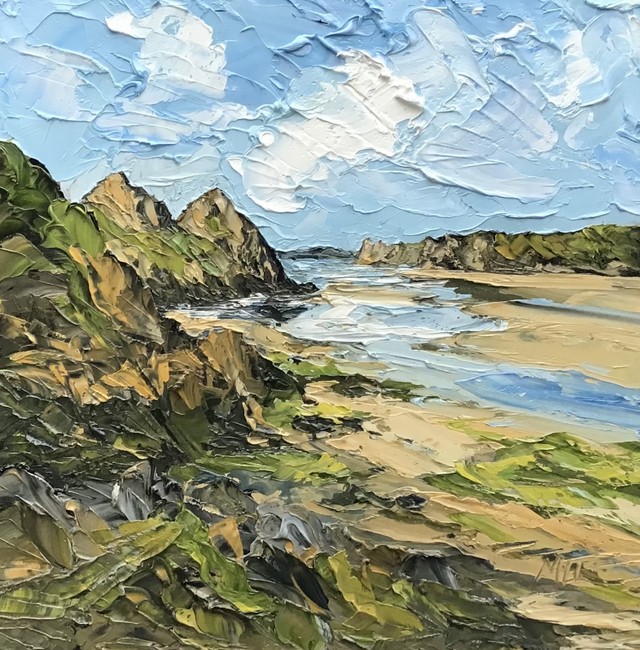
Drawing and sketching again, Martin was able to rediscover his passion for the art, painting firstly in watercolours. It was only when he visited a gallery and was told that the work “wasn’t quite there yet” that the real desire and determination for success was lit within.
He continued working as a carpet fitter, whilst developing his art along the way, commandeering his garden shed as his first studio.
“The visit to the gallery, who told me my work wasn’t quite ready, gave me the determination to get better. I was working in my shed-come-studio one day and I thought right, I’m going to use a palette knife and oils - that was the first time…”
Thankfully, Martin did not give up on his art, if he had, we would not be able to enjoy his masterful use of the palette knife. Completely self-taught, Martin’s work is reminiscent of the classical art training taught in art academies throughout the 20th century.
His style is distinctly Welsh. The country’s moody, windswept land and seascapes provide the inspiration. He has an ability to catch the Welsh landscape as its light and conditions change minute by minute. Martin has prepared for this solo exhibition for the last 18 months. “It’s a big achievement to exhibit for the 6th time at the Albany Gallery. They have always believed in me and shown lots of support”.
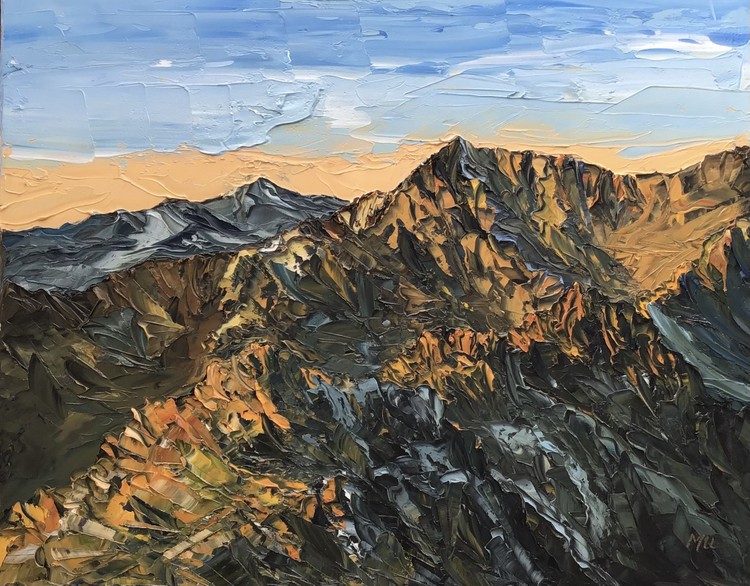
His influences over the years have included Sir Kyffin Williams, Gwilym Pritchard and Charles Wyatt Warren. Martin explains: "I’m influenced by their technique as well as their subject matter and my inspiration comes from the landscapes and seascapes that surround me".
Floral Mastery and Summer Art Shine at Cardiff’s Albany Gallery this month
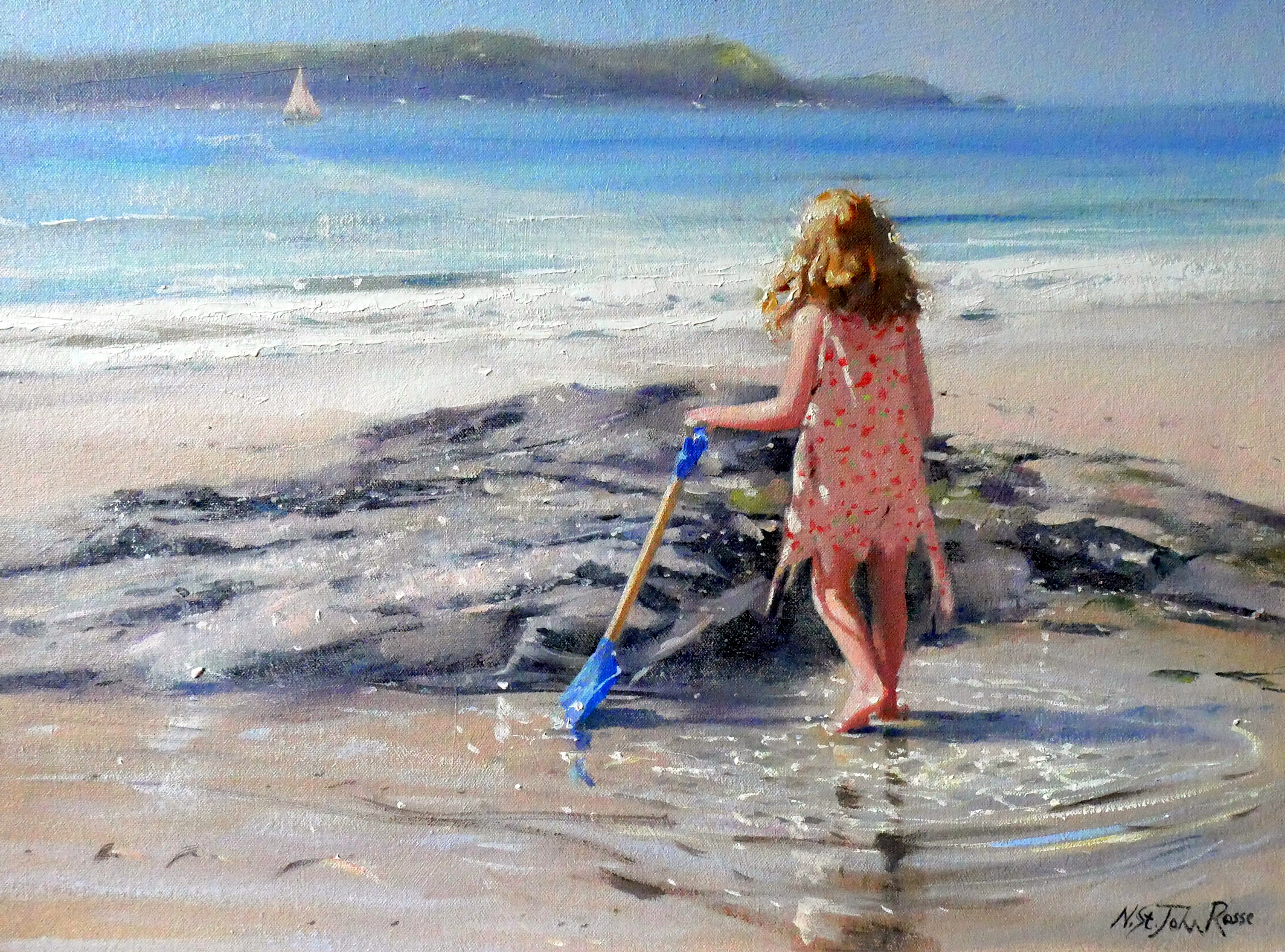
The Albany Gallery is proud to present its Summer Show which runs from 8 August to 13 September. The exhibition will feature an exciting, ever-changing selection of original artwork by more than 30 popular and established artists including Michael de Bono, Russ Chester, Euan McGregor and first time exhibitors at the gallery Rhian Lewis James, Kate Montefiore, and Stuart Roper. It will include a wide variety of styles from landscapes and seascapes to figurative work, still life, ceramics, and sculpture - offering something for every taste.
As is tradition at the gallery’s group summer shows, paintings are sold straight from the wall, meaning the exhibition will evolve throughout its run as new work replaces sold pieces - making each visit a fresh experience.
.jpg)
This year’s show is particularly special as it marks 25 years since Welsh artist Andrew Douglas-Forbes first exhibited with the Albany Gallery. To celebrate this significant milestone, Andrew is unveiling a new collection of floral still lifes, painted in his distinctive style.
“Twenty-five years exhibiting at the Gallery has been a pleasure - as much as it made my name for what it is,” says Andrew. “Back then I was living in Italy, singing all over the world. My dad took some work in to show Mary (Yapp), and really, I’ve never looked back.”
Having mastered painting for over four decades, Andrew embraces delicacy and unpredictability. He captures perfectly the subtle fragility of flowers and foliage. His approach is more intuitive than technical, focused on atmosphere, colour harmony, and poetic form.
Preparation is key according to Andrew - choosing the right jug, arranging the flowers, mapping in the shapes with care. Then you must let go. “I love the phrase ‘poking about and hoping for the best.’ Maybe one in twenty works truly succeeds but that’s the beauty of it. It’s fickle.”
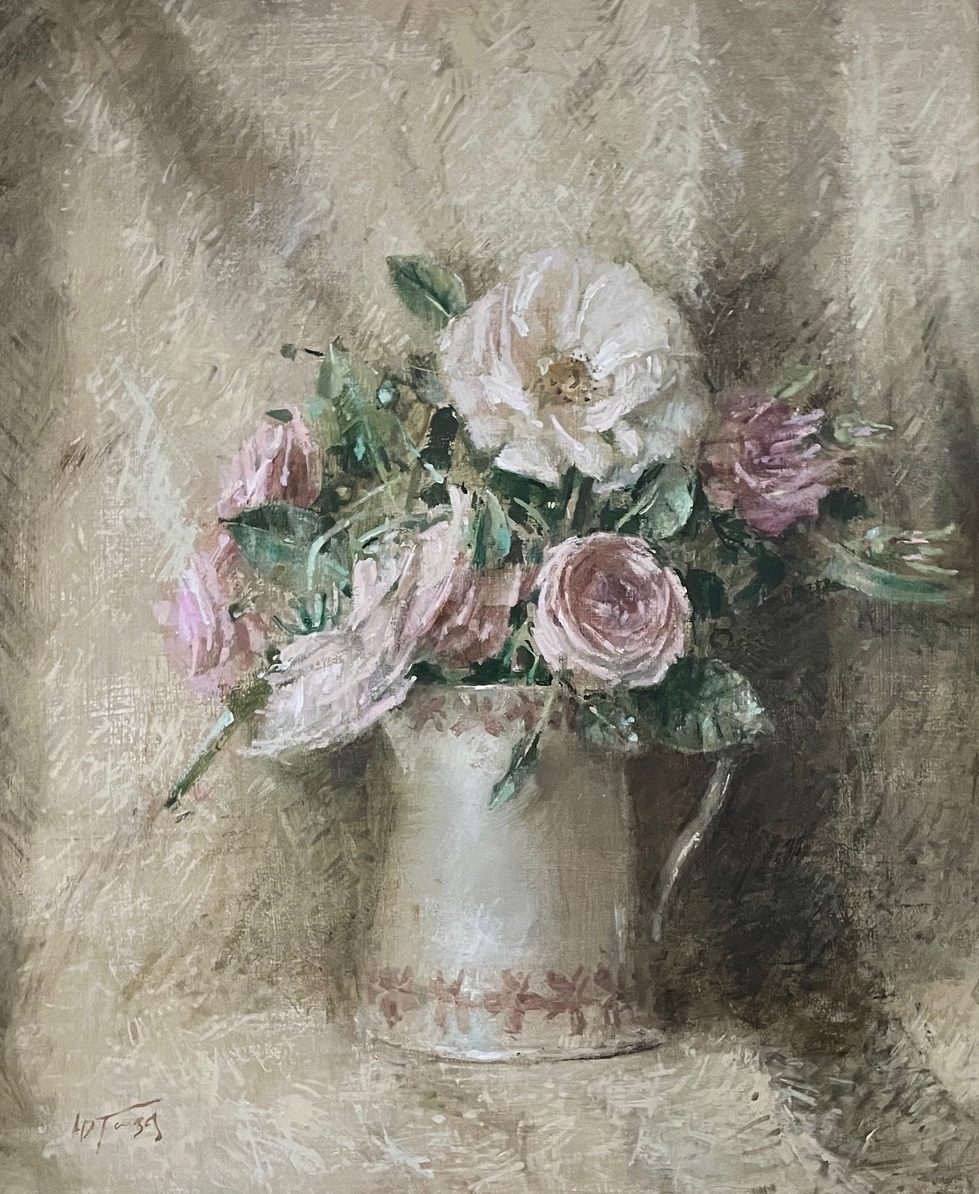
Andrew studied under Patricia Briggs at Swansea College of Art and was later mentored by Gordon Stuart, known for his portraits of Dylan Thomas and evocative Welsh landscapes. His own work reflects a similar depth, often inviting viewers into quiet, timeless interiors where memory and presence softly collide.
This year’s Summer Exhibition brings together some of the finest contemporary artists working in Wales and beyond. With its diverse mix, it’s an unmissable celebration of visual creativity.
James Donovan, Nick Holly, Malcolm Murphy - Three Welsh Working-Class Heroes Take Centre Stage at the Albany Gallery
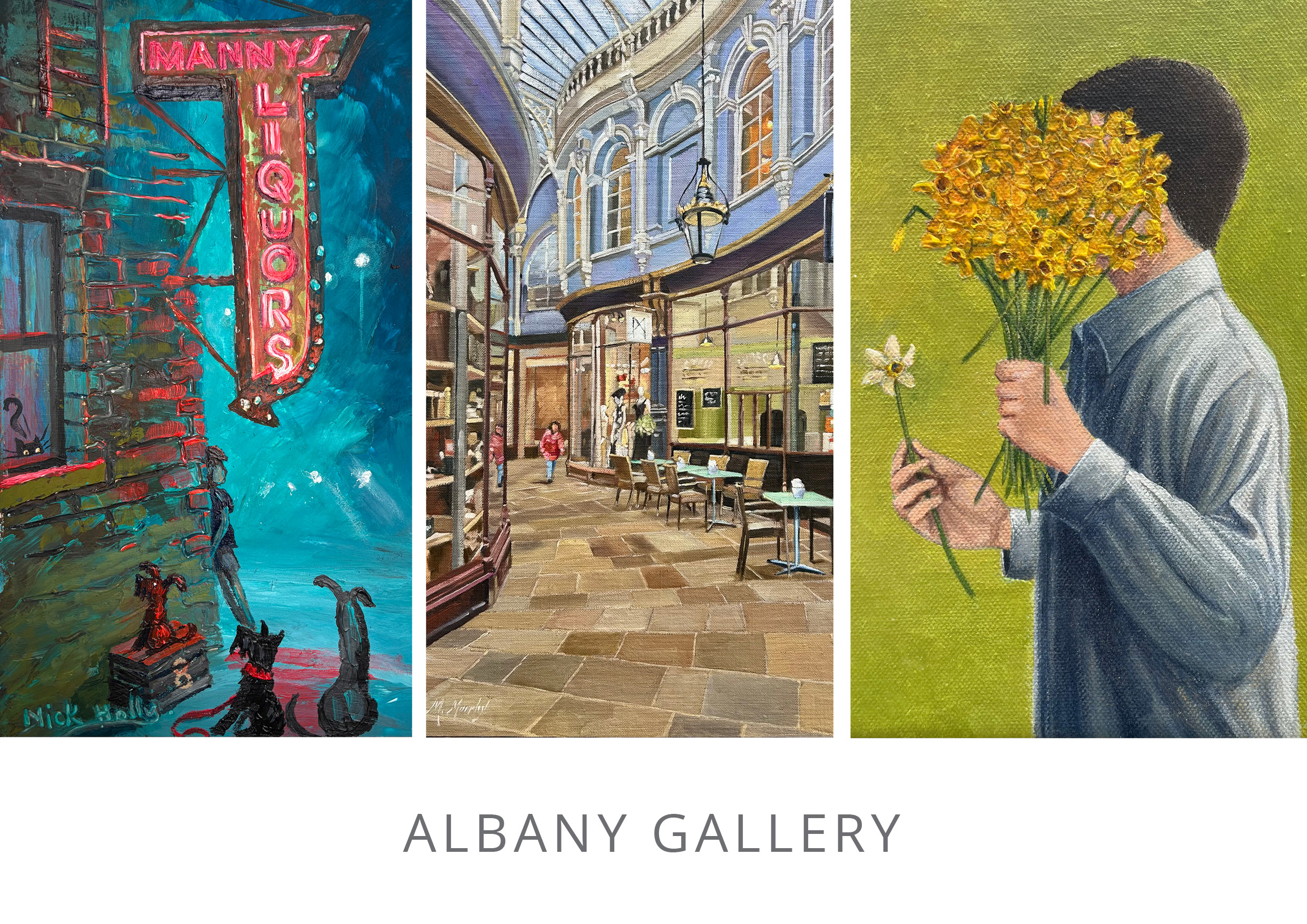
Each artist brings a unique visual language, yet they are united by a common thread: their ability to weave complex, atmosphere-filled narratives that invite deep reflection. Their paintings read like books - rich in detail, symbolism, and story. It’s up to the viewer to stand, observe, and interpret what’s hidden within.
"Three Welsh working-class heroes create atmosphere-filled narratives that suggest multi-layered meanings - leaving it up to you to decide what stories are hidden inside." Meryl Cubley Pritchard May 2025
Though each artist presents a clearly defined and personal style, all three share the remarkable ability to create artwork that functions like a visual novel - encouraging audiences to slow down, ‘read’ the imagery, and uncover the multiple meanings layered within.
Returning to Albany Gallery after 25 years, James Donovan describes his work as deeply personal, grounded in life experience, memory, and observation.
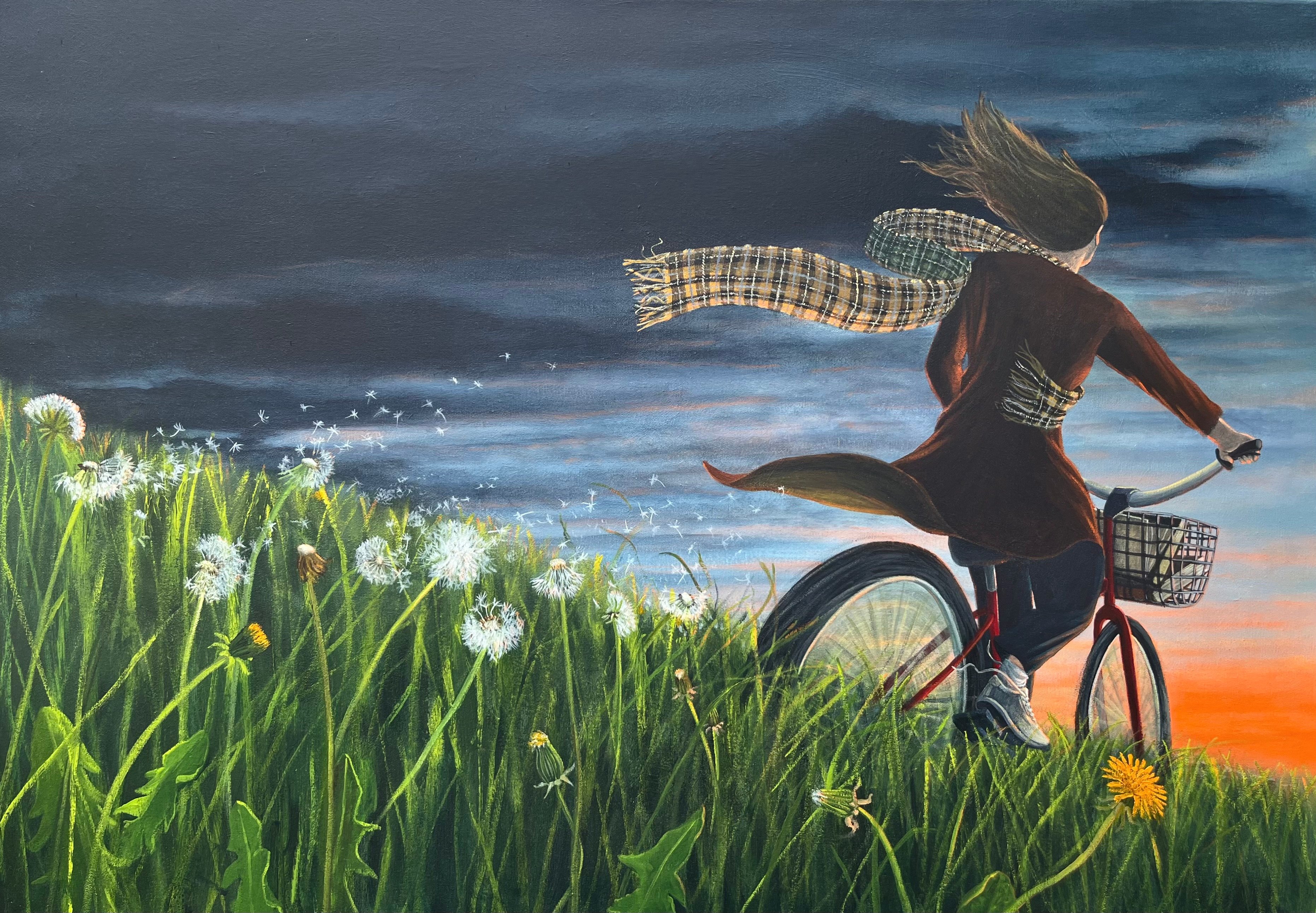
“I look at the world around me and paint the things that have moulded me. When I was younger, I painted to honour the memory of my father and grandfather. When I became a father, I painted the culture I understood. Now, I paint to find peace.”
Donovan’s figures are rarely still - always caught in movement, reflecting life’s insistence on momentum. His work celebrates the overlooked, the ordinary made extraordinary, and the quiet power of storytelling through imagery.
“People can make whatever they want to see in my work. I have my own narrative, but it's presented in a way that others can reinterpret and form their own conclusions.”
Nick Holly, often dubbed “the Welsh Lowry,” paints everyday life with a raw, observational realism. Deeply influenced by his working-class background, Holly captures urban scenes filled with characters going about their daily lives - working, shopping, resting, surviving.
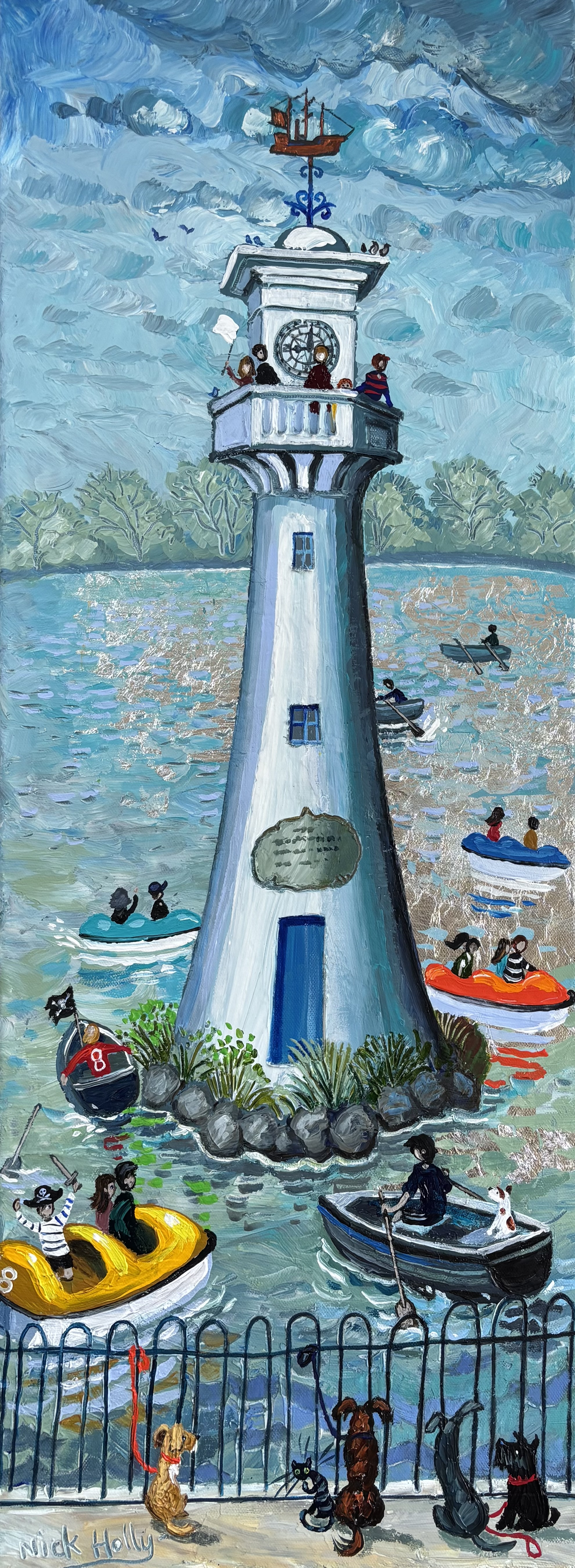
“I believe I’m naturally affected by my upbringing and roots. Much like Lowry or other working-class artists, I paint observations from daily life - everyday people doing everyday things. It’s a kind of naïve realism.”
His layered crowd scenes and urban landscapes are packed with detail and subtle narrative, rewarding the viewer with a fresh discovery each time.
For Malcolm Murphy, atmosphere is everything. His work is emotive, immersive, and often dictates its own direction as he works. A master of oil paint, Murphy values the medium’s ability to adapt and evolve, building layers of meaning and feeling.
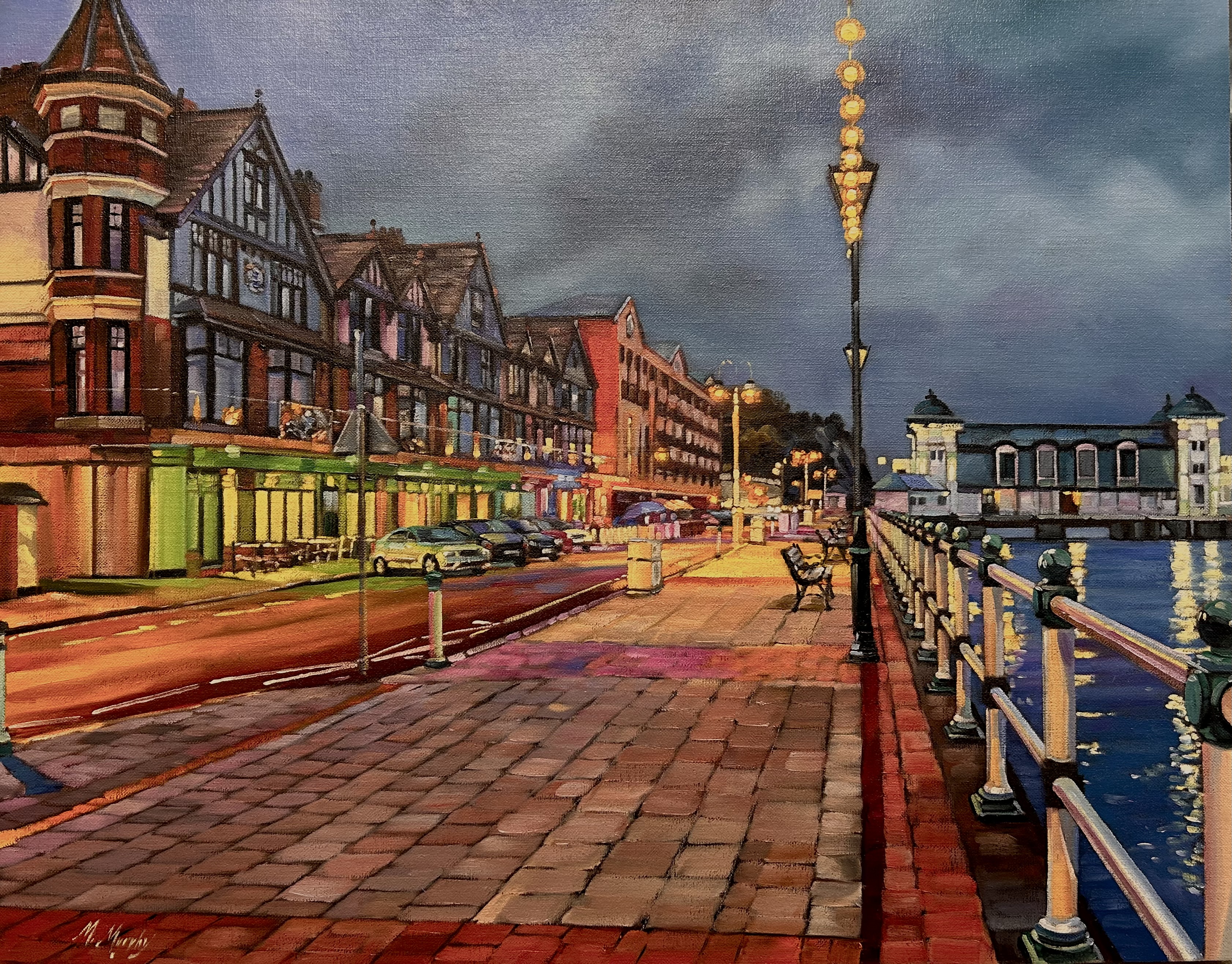
“Atmosphere is the key to any successful painting. If it provokes an emotional response, then it’s achieved its goal.”
His creative philosophy is simple yet profound:
“Everything is art.”
Murphy’s still life and figurative works are meditative, inviting audiences to pause and absorb both the subject and the mood it evokes.
Albany Gallery invites you to experience this powerful meeting of three Welsh voices - each rooted in working-class identity, each offering a distinct perspective, and each encouraging you to look deeper. This Three-Man Show is a celebration of life, place, and story - told through the hands of three exceptional artists.
The exhibition runs from 4 July to 2 August.
Colin J Davies and Eloise Govier - A celebration of emotion, memory, and place - rooted in Welsh identity and reimagined through two distinct artistic voices.
The Albany Gallery is proud to present a dynamic new exhibition featuring the work of Welsh artists Eloise Govier and Colin J. Davies. This exhibition invites visitors to reflect on the idea of cynefin - a Welsh term capturing the sense of place, belonging, and the emotional resonance of ‘home’.
Through expressive abstraction and emotionally charged landscapes, Govier and Davies offer strikingly different yet thematically connected interpretations of what it means to belong. From the warmth of a hearth to the roar of the sea, their works journey deep into the personal and cultural memory of Wales.
Eloise Govier, known for her vibrant, energetic compositions, explores domestic life through her “Towns and Other Stories” series. Comprising around 200 houses across 20 pieces, the collection captures fleeting moments - a light in a window, smoke rising from a chimney - while leaving space for the viewer’s own narrative. “These are not fixed stories,” says Govier. “They’re invitations to feel and remember. To me, the movement of the palette knife or brush across the canvas is where the emotion lives.”
Her approach draws inspiration from Fauvism, with its raw, immediate brushwork and exposed surfaces. “Fauvist painting celebrates spontaneity,” she notes. “I want viewers to feel the pulse of human experience in the paint itself.”
Colin J. Davies, by contrast, offers large-scale, elemental responses to the Welsh landscape. His seascapes and mountain vistas are infused with energy and scale, evoking the majestic drama of the Gower coast and the moody beauty of Bannau Brycheiniog. “Whether I’m sketching by the sea in Mumbles or walking across moorland, I try to capture both the serenity and the intensity of nature,” Davies explains. “Each brushstroke is a dialogue between me and the land.”
Davies’ bold, textured canvases transport viewers into the raw beauty of Wales’ coastal and rural environments - alive with movement, light, and colour.
The exhibition runs from 30 May to 28 June
Meryl Cubley April 2025
Albany Gallery pop-up at Penarth Pier Pavilion - May 2025
Edited by Meryl Cubley Pritchard, View Publishing
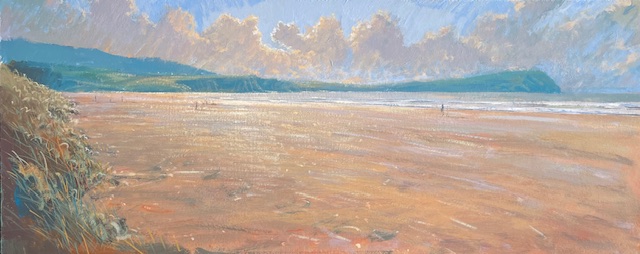
These two respected galleries standing at the eastern and southern points of Cardiff and the Vale, have joined forces to bring more art to people across the region. Offering free admission these two powerhouses are engaging with the community on a grass roots level, bringing art to Wales' capital and surrounding area.
The exhibition showcases a diverse collection of original paintings from more than 20 popular Albany Gallery exhibitors, including Michael de Bono, Alex Brown, Tim Fudge, Thomas Haskett (image above), Rhona Tooze (image below) and Matt Williams.
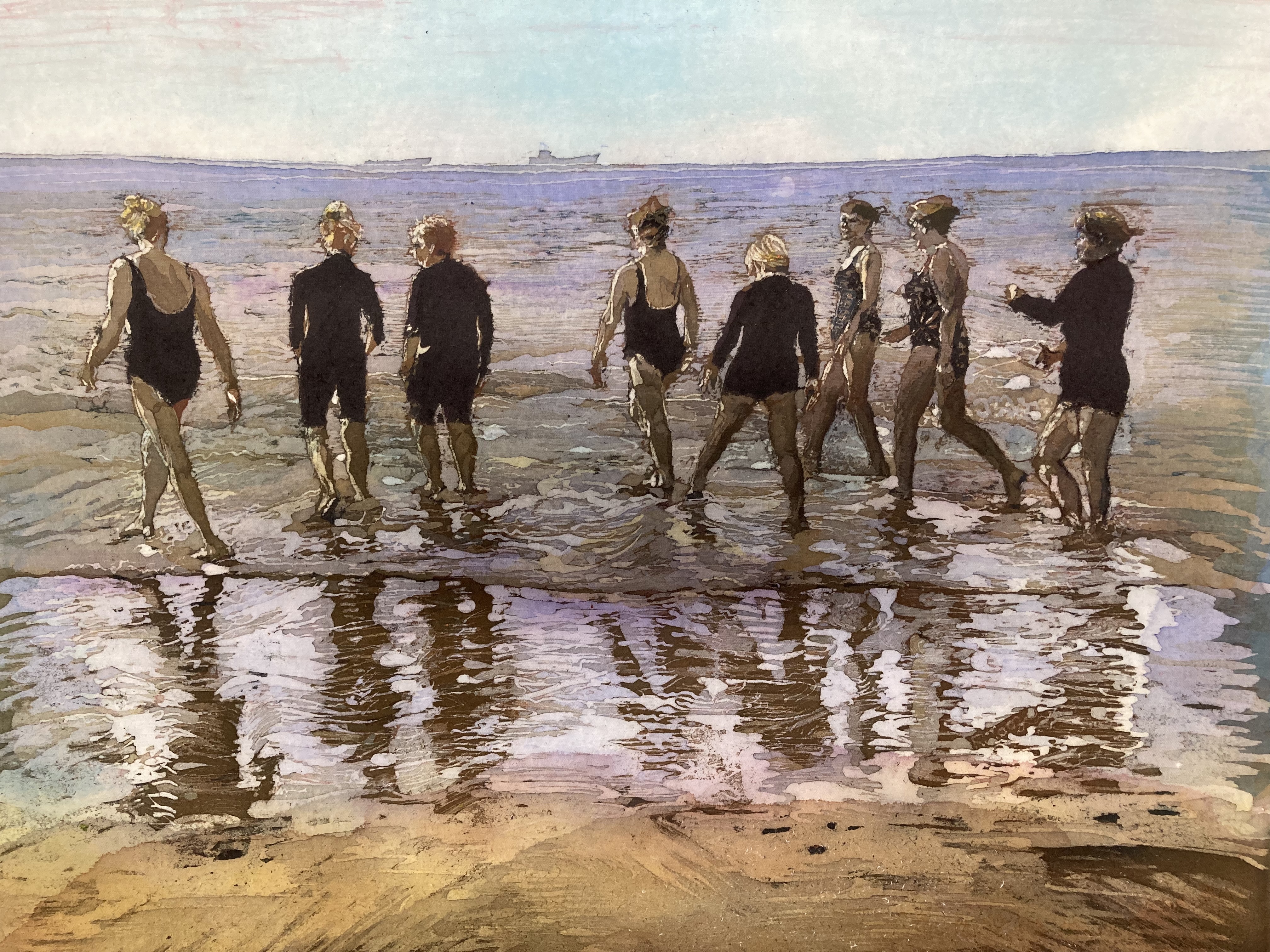
What a great start to Spring - by the sea in Penarth, at this iconic Art Deco pavilion. As this is a pilot project, if you want to see it again, vote with your feet and go feast your senses!
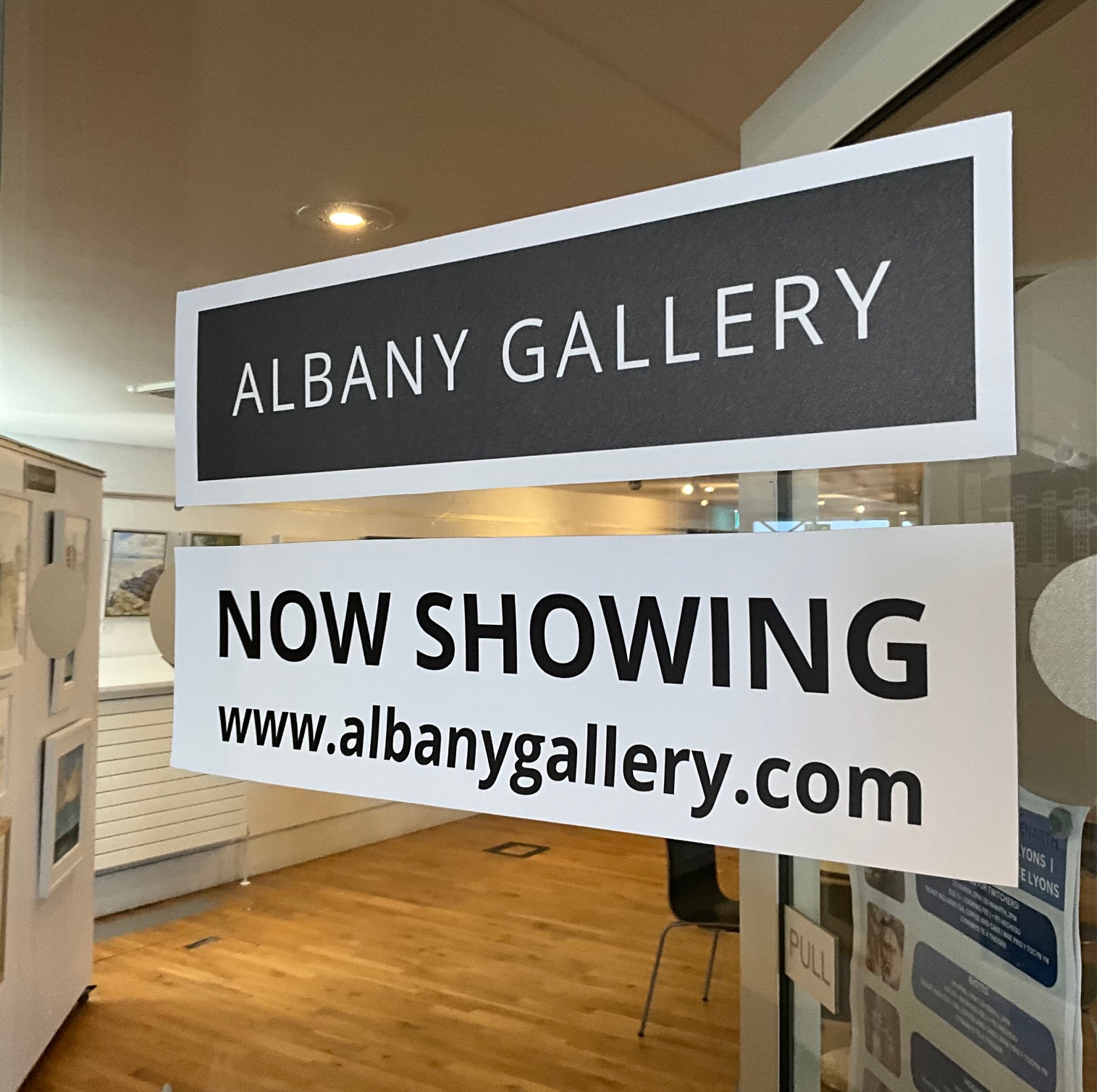
Free admission
2 May - 1 June
10am - 4pm
The Esplanade, Penarth, CF64 3AU
Francisco Centofanti and Lara Smith: the convergence of two distinct artistic styles - a testament to the power of art to evoke emotion and provoke thought
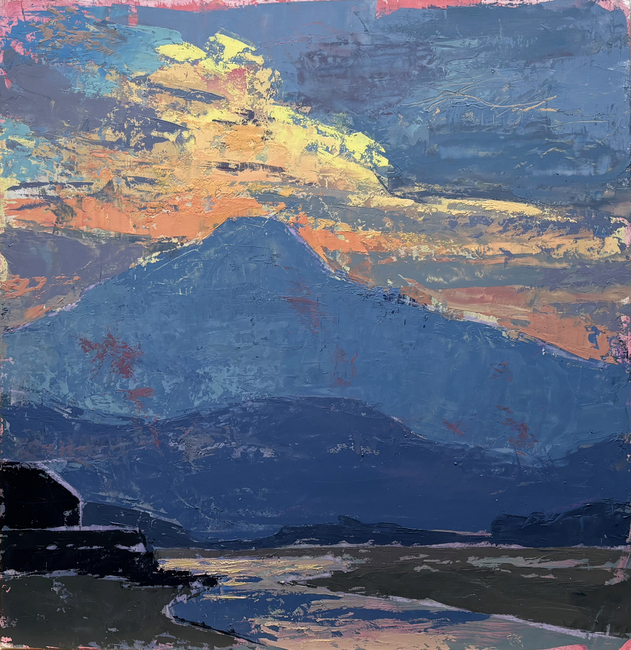
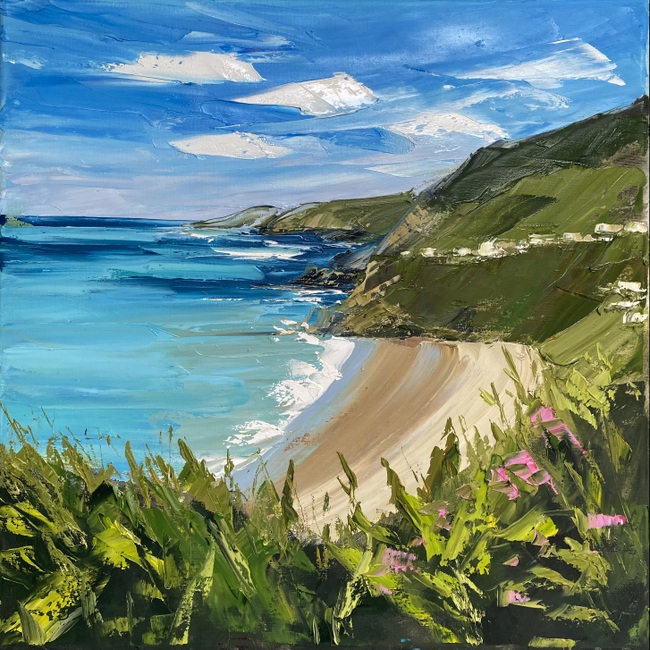
Francisco Centofanti’s story is one of romance. First seeing Cezanne’s work in Aix en Provence as a 14 year old boy; this fertile seed began a 20 year plus career; seeing him graduate from the Florence Academy of Art, Italy; and becoming a highly collected and exhibited artist. His work has now been exhibited extensively (including the Saatchi Gallery) and is collected by clients globally.
His many international collectors include the art dealer Martin Summers, financier Mark Lapidus, writer Nigel Hinton, Don Foster MP and The Who's front man, Roger Daltrey CBE. "Francisco Centofanti is a fabulous artist. I particularly love his landscape paintings - he captures light and colours brilliantly." Roger Daltrey CBE.
“Painting is a journey… I may start a painting in one mood and finish it months later in a different mood or even theme, (and) sometimes these elements can feel like something is about to happen. I work very much based on instinct and intuition and I find everyone has a different take on what each painting means to them and I like to keep my paintings open to interpretation.
Working En Plein Air is Lara Smith’s favourite approach: “I feel I see things that I wouldn’t necessarily spot if I were just painting from a photo,” she explains. “Certain details in a landscape or colours particularly pop when you are immersed in the landscape; allowing me to capture not just how it looks, but how it feels. If I’m painting a stormy sea, for example, being physically present means I can respond to the energy of the waves and the movement of the air as it happens”.
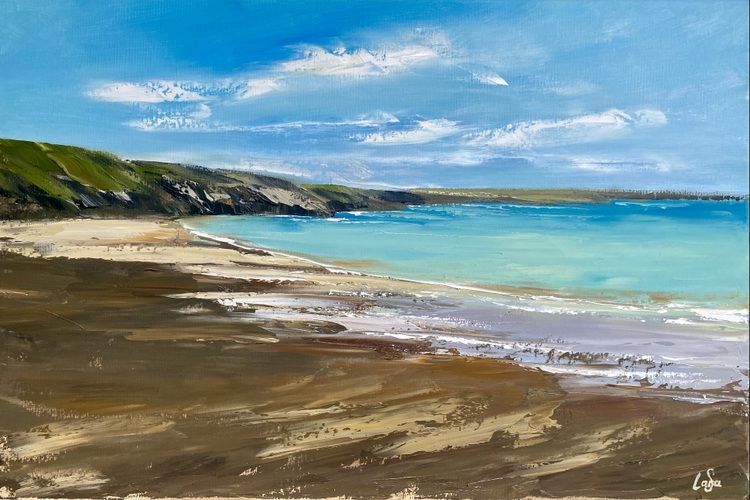
Lara describes her work as expressive, and there’s a strong emotional energy behind the way she paints. “My process tends to be fast and instinctive, often driven by impulse and guided by how I’m feeling in the moment,” she says. “When I’m painting, I enter a flow state where everything else falls away. At times, it feels as though the work pours out of me, capturing raw emotion and movement”.
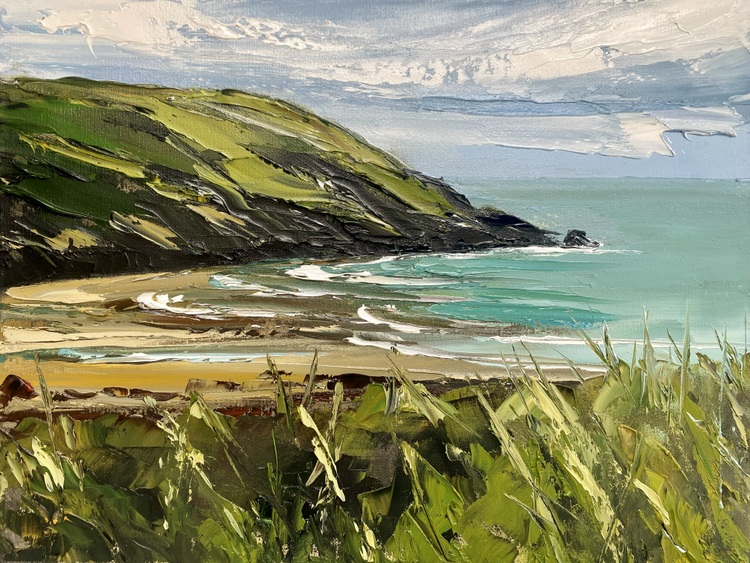
The exhibition runs from 25 April to 24 May
Meryl Cubley April 2025
Painter Nick Pritchard is holding his first solo show at Cardiff’s Albany Gallery. He told Jenny White about his passion for his native landscape.
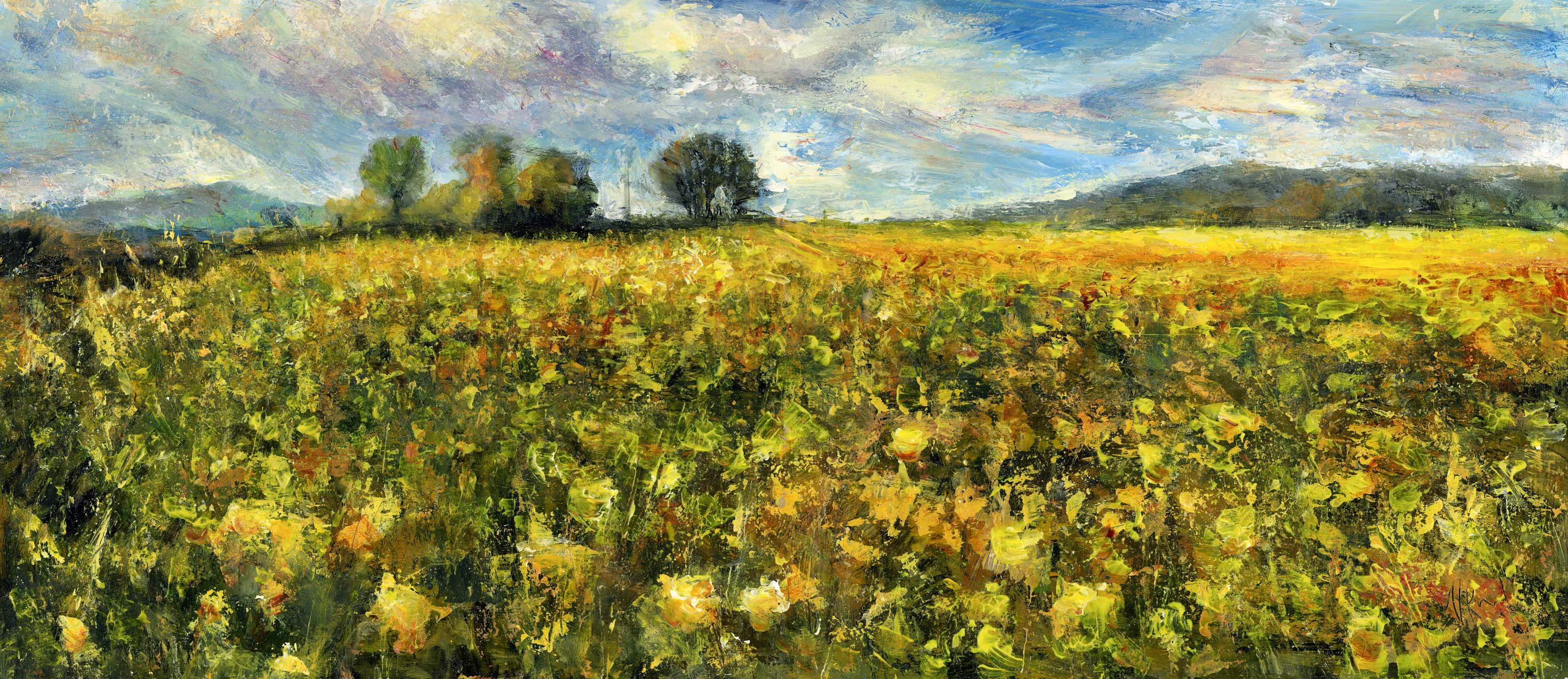
Rapeseed field, Abergavenny
From sunlight dancing on a valley brook to a wintry mountain sunrise above Blaenavon, Nick Pritchard’s paintings evoke the fierce, elemental magic of Wales through the turning year. His current exhibition, his first solo show at Cardiff’s Albany Gallery, reflects his love for the landscape surrounding his native Torfaen, but also roams to locations as diverse as Penarth Pier, Hay Bluff, Southerndown and St Davids.
“I’ve been down the canal this morning,” he tells me. “I’ve loved the landscapes along the canal all my life. It’s always been present and I enjoy painting it in the changing seasons because it’s never the same twice.
“It’s ever-changing, and on different days, or at different times of the day, you get a different light, which is always something I like to capture.”

Pritchard has always painted, but after completing an art foundation course, he initially trained in graphic design and worked for agencies in Cardiff, then ran his own agency before turning more seriously to painting.
“I picked up the paintbrush and got back into it. I feel fortunate to have been able to earn a living from being creative,” he says.
While he starred out working in brushes and oils, he evolved into working in acrylic using the palette knife as well as brushes, which is his preferred way of working today.
“I do occasionally use oils, but acrylic suits my style a bit more,” he says. “With the oils, I have to wait for it to dry, whereas with acrylic you can lay layers on top of each other.
“Since I’ve been using the palette knife, I’ve been able to scrape through and make interesting marks and generally be a little bit more expressive than with the oils.
“I like to finish a painting in one sitting if I can, and working in acrylic facilitates that.”
He has been influenced by various artists, from Welsh landscape painter Gwilym Pritchard to Scottish artist Joan Eardley, whose expressive use of paint clearly resonates with his own work.
“I like some of David Bomberg’s early landscapes, Frank Auerbach, Monet, and Constable’s cloudscapes, as they are concerned with the seasons and passage of time,” he adds.
Each painting typically starts quite loose and is then refined as he works on it; a painting of Southerndown in the current show reflects the looser style that underlies all his work.
“The more I work on them, the more representational they become, but I do like that loose starting point, which is a little bit more expressive,” he says.
“Trying to overwork a painting is never a good thing.”
While he likes the places he depicts to be recognisable, he is equally concerned with conveying the experience of being in nature.
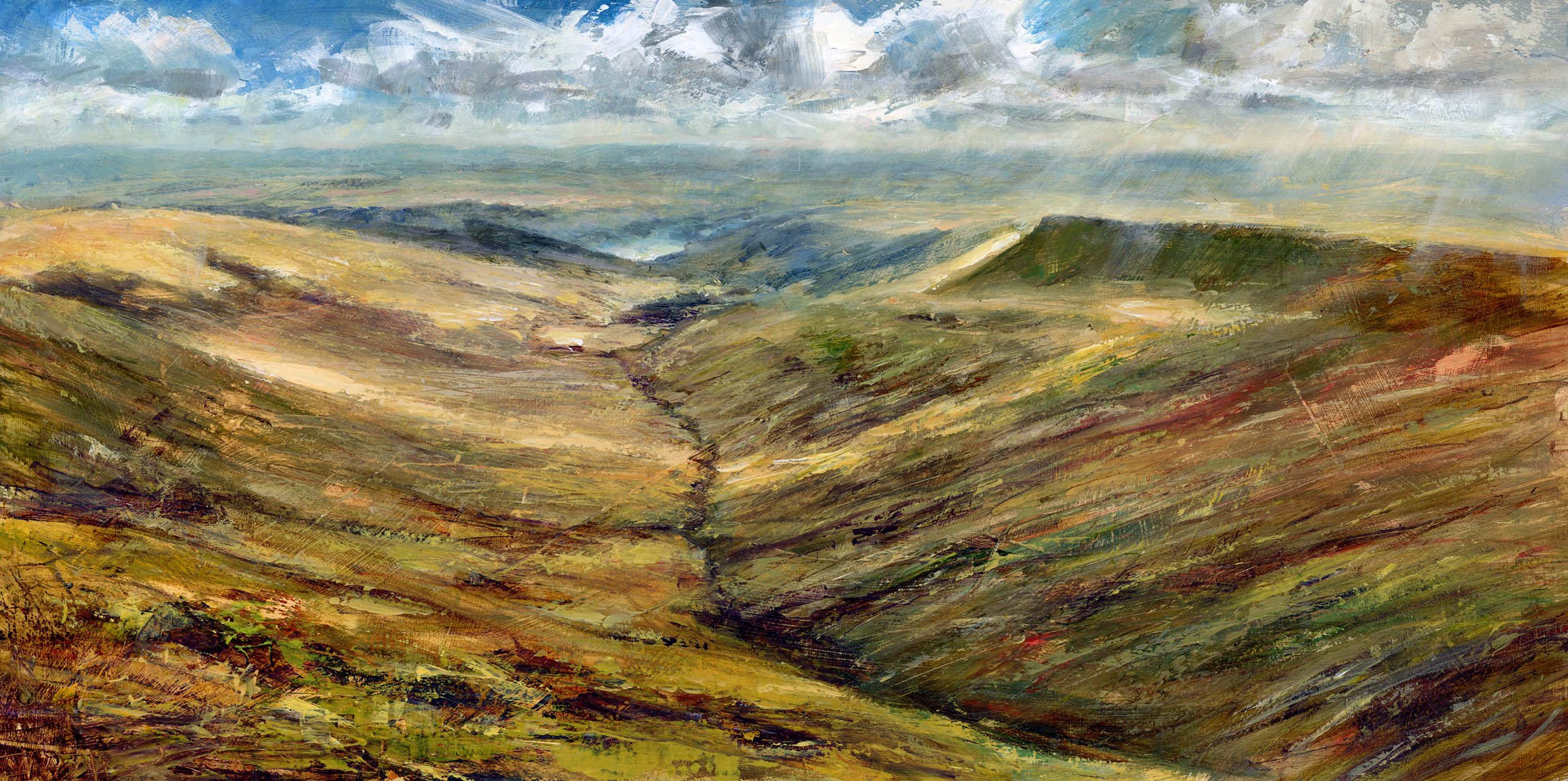
“At the same time as wanting people to recognise the scene, I’m trying to put in what I was feeling in that place at that time,” he says.
“I hope to create a sense of place and a sense of time. It’s almost a marking of time, a confirmation of existence – I’m marking my place in time, saying,
‘I was here; this is what I saw’ and hopefully people can relate to that in some way.”
His exhibition reflects this ongoing exploration and his abiding passion for the act of painting itself.
“I love the process of painting – just putting paint down, the texture of paint, and I feel the constant need to be creative,” he says.
“If I’ve not done anything for a couple of days, I feel on edge and I need to do some painting. In particular, there’s the constant need to be creative in the landscape; the need to capture that.”
This new show achieves that aim, and Pritchard says he is pleased to air at the Albany Gallery.
“This is a great gallery with a massive tradition of Welsh artists, so I feel honoured to be part of it,” he says.
The exhibition runs from 21 March to 19 April
A showcase of well known scenes, locations and buildings that feature in and around the city of Cardiff and its surrounding areas
Think magical places - such as Castle Coch and street scenes such as Old Post Box that we all know and love and likely see on a regular basis; as we go about our ever-more hectic lives.
Yet, do we really ‘see’ these landmarks, caught in stolen moments of time? Or, are we just too busy?
How well does the increasing urbanisation of the city of Cardiff live alongside nature? Is the hidden wildness of the natural world reclaiming the streets?
Two of the artists taking part certainly like to think so.
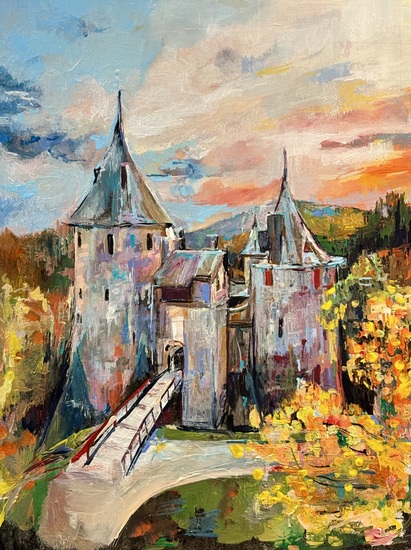
“I tell narratives through murals and stories via animals featured in my work,” says Emma Connolly. An award winning artist, hailing from County Wicklow.
Under the wing of Lady Dufferin (who herself exhibited as an artist, under going by the name Lindy Guiness); Connolly’s work went on to win multiple awards and soon she was living the rare life of a successful fine art painter. Yet she experienced an epiphany of sorts - that told her to study education and teaching in Wales - despite her fruitful career. Connolly is currently the Artist in Residence at Howells Girls School in Llandaff.
Aiming to stay for only one year, Connolly met her husband in Cardiff and has settled (for now) in the city. “London is next,” says Connolly “... though I’m not sure how I’ll get there…” We have every faith she will go on to smash it in London, as she has here in Wales and Ireland before.
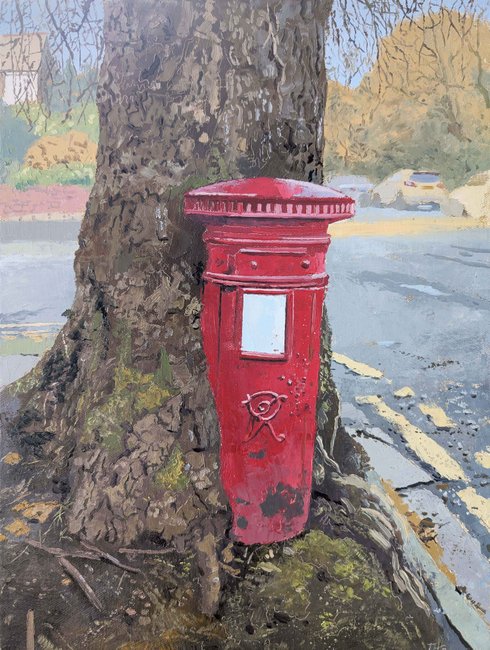
Tom Gowen, a first time exhibitor at the gallery, has the all-seeing eye of the artist who can spot the small exquisite details of the natural world that is all around us - even in our most built up areas. “It’s something that I return to time and time again,” says Tom, “the reclaiming of the streets by nature. How these opposing forces of the natural and native environment and man-made buildings and architecture can co-exist…”
Raised in the Vale of Glamorgan, Gowen has a love for Llantwit Major in particular. “It’s such a pretty place,” he says, “and some of the streets there are being reclaimed by nature…That went on to inform my work in the Cotswolds, where I studied fine art, and also Cardiff and South Wales at large, now that I am based outside of St. Mellons in a semi-rural location.”
This nature reclaiming the streets theme is easy to see in his ‘Old Post Box’ work, depicting a Roath street scene that many of us will know and love. “We can see worlds of nature in only the cracks in a wall,” says Gowen.
Like his contemporary, Connolly, he is a multi-award winning artist - most recently coming full circle when he won first place at the Open Art Fair, in Cowbridge, Vale of Glamorgan. “That was so rewarding,” says Gowen. “My work depicted Penarth Pier; and to win first prize at the OAF in Cowbridge was a real joy.”
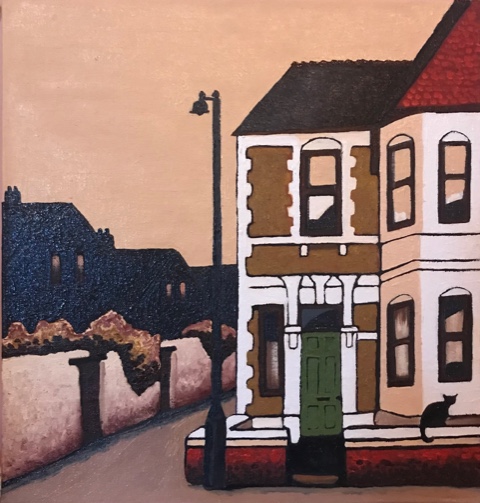
The full list of exhibiting artists is impressive: Steve Alport, Alex Brown, Peter Brown NEAC, Emma Connolly, Tony Douglas-Jones, Tom Gowen, Adrian Green, David Griffiths RCA, Andrew Hood, Stephen Kite, David Knight, Euan McGregor PAI, Roma Mountjoy, Malcolm Murphy, Janette Roberts (image above), Paul Weston.
So go take a mindful moment and see Cardiff landmarks as you have perhaps not seen them before. Your perspective will change - and certainly, you will feel happier than when you walked in.
Meryl Cubley February 2025
The exhibition runs from Friday 14 February to Saturday 8 March
Original artist-designed posters by Chagall, Matisse, and Picasso
Join us at the gallery from Friday 10 January 2025 to celebrate the art of the poster in association with Goldmark Art. There will be original posters by three of the greatest artists of the twentieth century - Marc Chagall, Henri Matisse, and Pablo Picasso. For some time now at the gallery we have been advocating artists’ posters as a great way to own affordable works by the very best.
Many of the leading 20th century artists enjoyed designing their own exhibition posters, often in the form of original lithographs printed by some of the great Parisian print ateliers such as the Mourlot Frères studio.
While the poster, by nature, is ephemeral and mint copies are rare, they remain a relatively inexpensive way to buy original prints by artists like Picasso and Matisse and are hugely flexible to display, working in harmony with a broad range of other artworks, styles, and interior settings.
View the collection here
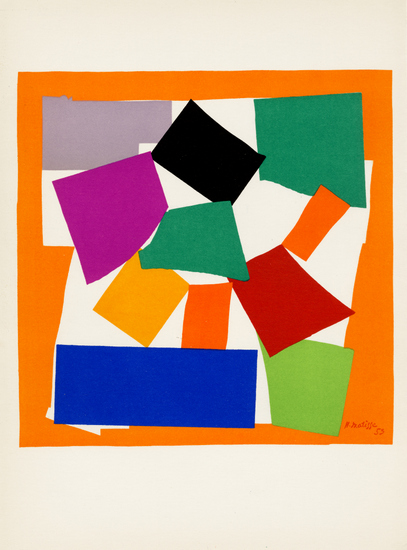
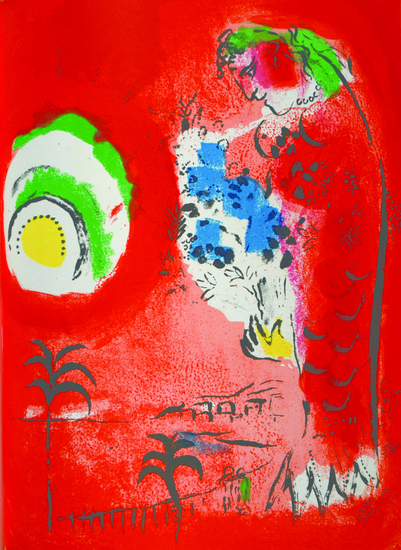
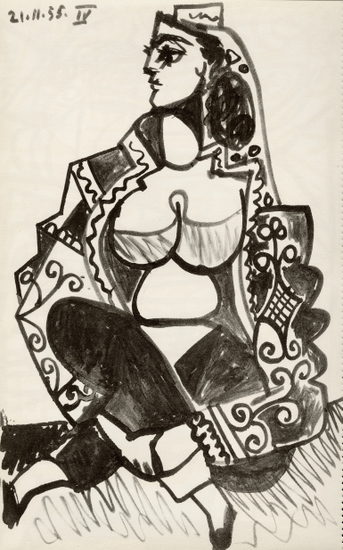
The exhibition runs from Friday 10 January to Saturday 8 February 2025
The Winter Show brings together over 30 exhibitors from established favourites to exciting newcomers
Acclimatising to the dark, cold days, and longer nights, can make it tempting to wrap up in a duvet and hibernate …
Stop that!
Put away the remote control!
Move away from the cheese and biscuits because the Winter period is the time to dig deep - deeper than the duvet - and get out of the house. Take yourself to the Albany Gallery and the ever popular Winter Show, a guarantee from the ‘Art Doctor’ that you will receive everything that is good, joyful and uplifting in the world.
Artists new to the gallery during this year's Winter Show are Glenn Carney, Matt Williams and Sandra Wintle. We also welcome back James Donovan who first exhibited in 1998.
James Donovon and Matt Williams are adept at captivating your emotions, bringing about an almost instantaneous feeling of home. Recognition of a place and of a time - the unmistakable feeling that is Wales and what it means to be Welsh - Hiraeth.
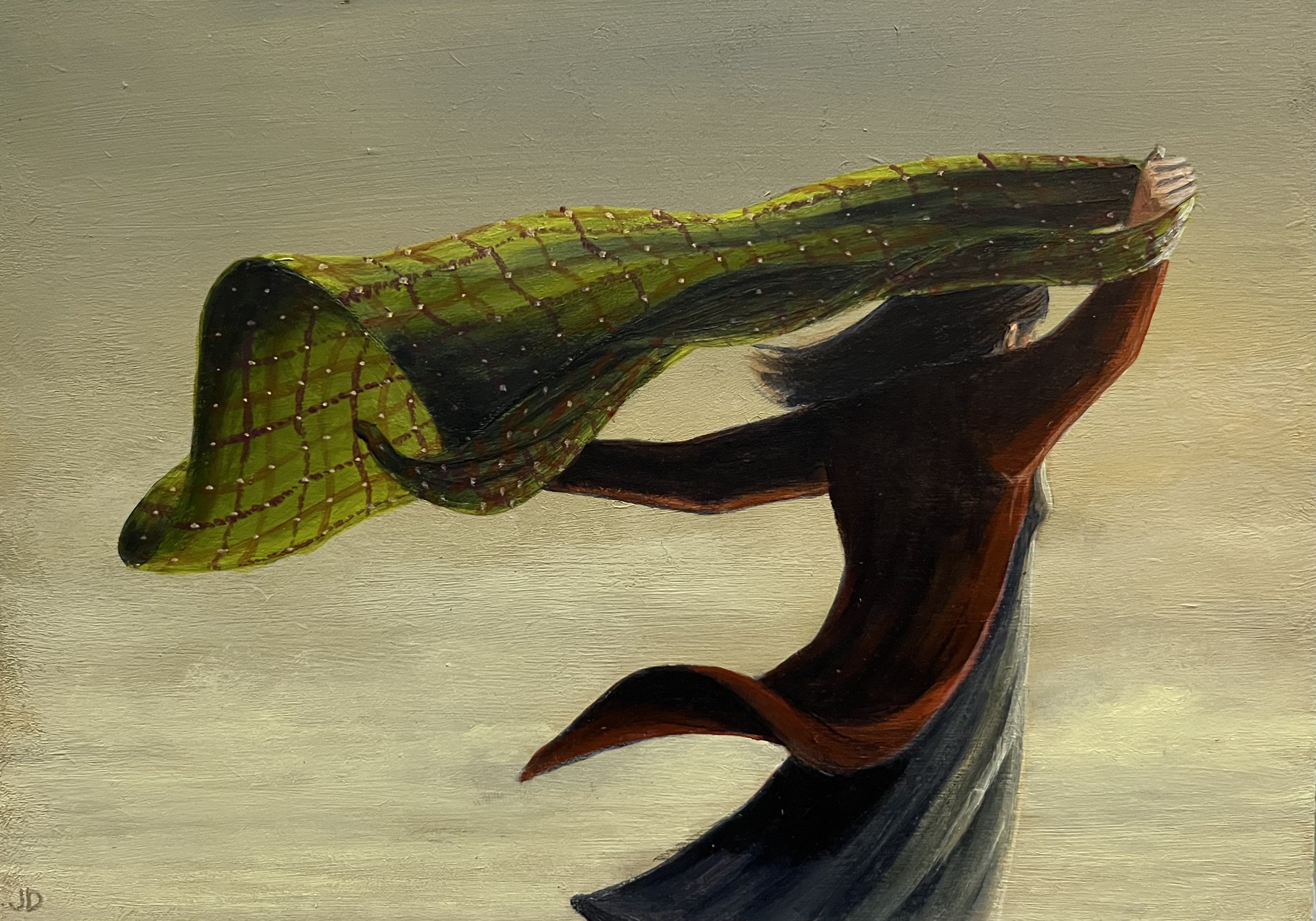
James Donovan's paintings aim to evoke the spirit of the South Wales valleys through their combination of historical and nostalgic symbolism. Future-forward on myth and legend for the generations that are to come.
Shawl is a perfect example - “It represents the comforts of history and remembrance,” says Donovan. “I have a tendency to use the wind as a metaphor for movement, and that sense of moving through time encapsulates an integral part of what it is to be Welsh.
“I recently visited the National Botanical Gardens of Wales, where they have some beautiful Welsh blankets on display. I grew up being fascinated by their patterns and plethora of colours, so this stirred up an urge to paint some of them and use this to form a new narrative in my work.
“Books are also a recurring theme and I return to them often. Some of my work represents the escapism that comes from reading. I enjoy playing with themes, and a little surrealism goes a long way towards stretching my imagination. The viewer will also sometimes see boats, some made of wood, others from paper, carrying passengers and instruments that communicate an intentional isolation and a desire for calmer waters.
“Being a painter allows me to speak without words and create a language of my own. It has helped me to articulate feelings about family, history, love, loss, peace, joy and delight. When things have been difficult, I have painted images that resonated with those emotions. When everything is well in my world, painting is a tool to symbolise hope and affirmation”.
The theme continues, when we look at the work of Matt Williams: In the sense that he connects directly to the beauty of the natural landscape of Wales from within the lived human experience of being Welsh: “As a former farmer, and one descended from a line of Welsh farmers as far back as I can trace, I feel viscerally connected to our land.

“Whether it is this familial relationship or a synaesthetic tendency, I ‘feel’ colour, form and atmosphere in a landscape… the sinuous sweep of grasses in the wind, the enigmatic shadows of winter light on melting snow”.
Working predominantly in oil paints, he captures the essence of the physical - the geographical and textural landscapes of Wales. This is married to the emotional aspects of the nation that lie within and alongside its rugged beauty - such as the historical, cultural and socio-political contexts.
“I believe our landscape sings of Wales and her losses and when I paint them, I hear that song. It is my job as an artist to enable the viewer to form their own personal yet equally profound connection - not only to the landscape itself, but to the experiences of that landscape too.”
Meryl Cubley October 2024
Mary Jolley and Claire Lovell share a love of colour and light, despite the very different disciplines of their work
Mary Elizabeth Jolley hails from Monmouthshire. She came to Cardiff as a student - and was soon caught up in the swinging Cardiff of the 1960s.
.jpg)
“It was a great time to be young in Cardiff,” says Jolley. “The post-war 1950s had been a somewhat necessary solid and secure time - and so when we had this explosion of creativity in the 60s there was a huge change with everything: the music, the fashion, the style… there was a wonderful excitement in the air. It was a renaissance for young people”
“When I started painting I was painting for myself. I knew what I wanted to hang on my walls and I couldn’t find it. I couldn’t afford the art that I wanted and I found that the art that was available to me simply did not offer what I desired - and so, I made it myself,” she says.
“My work is my record, it is deeply personal. Wherever I am geographically I am painting what is right in front of me, and how I am feeling hugely informs that. As others keep journals and take photographs, I paint for myself. I remember when I did it, what was happening at the time, and how I was feeling”.
With studios in Cardiff Bay and until recently in Montcuq in the South of France, Jolley knows what she likes - and she likes colour.
.jpg)
“Colour means a lot to me, it is essential to have a bright palette. 20 years living in the South of France has strongly influenced my work. (However) I also love painting in South Wales during the winter months and naturally that means that the work produced here has more greys and neutrals. It’s important to use the light to illuminate and to be restful, in a tonal way - that is still positive and uplifting.
“Then I add flashes of colour because there is colour everywhere - even in the winter months; you only have to look. This lights up the work as a whole, I think that particularly in a bedroom these pieces of work can lift our mood when we wake and it’s cold and dark and miserable!”
.jpg)
“Paintings in the home should be light, positive, brighten our day, and not depress us,” says Jolley. “Every painting is different; I couldn’t possibly accept commissions and create the same painting over and over… each piece is entirely unique. Certain themes relate and link of course; but how could I produce the same work more than once? It is from my feelings that I paint - and I feel different every day.”
Viewing Claire Lovell’s work is to experience something with a shared sense of wonder and amazement of the natural world - she somehow carries that over onto the canvas - ensuring that her use of light and colour, does so in such a way as to be interactive with the viewer. In a way that makes them feel that they are really there. Seeing what she is seeing. Celebrating the beauty and positivity of nature.
.jpg)
"If my paintings can help people look again at the world around them and treasure it, then my soul would sing!"
It’s clear that the coast is where Lovell feels most at home: “That sense of space and the ever-changing dynamics. Reflected light is so intense in its colour - it changes so dramatically. It is hugely exciting and a challenge to convey this in paint. Capturing that dynamic energy - the transitory nature of amazing colour before me - this is what fuels my work,” she says.
“Sometimes I look up and there is magenta in the sea before me - within seconds I see shimmering silver or pale viridian, and it shifts and changes continually as I’m painting! It’s daunting. Working as quickly as possible I have to paint the colour, make the mark I see there and then; and keep going…keep my brushes moving and hope and pray! My work is focused very much on the PRESENT moment.
.jpg)
The epitome of mindfulness perhaps. Lovell agrees that in nature and in art, we can find the answers to improving our mental health and lifting our mood, naturally.
“As a society we are so disconnected from nature,” she says. “Which concerns me very much and in times gone by, despite life being so much harder in some ways, it would seem to have been healthier and less complicated than now. I find it heartbreaking to see litter; neglect and abuse of the wonderful natural world that inspires me to paint.
“Wales is home and I love it…always. The Welsh coastline with its wonderful sparkling seas and light, rugged rock forms and pure colour, calls me more and more”.
Mary Yapp, former owner of The Albany Gallery, died peacefully on 10th September 2024 aged 96.
There will be a Service of Thanksgiving and celebration of her life on Wednesday 16th October. Please contact the gallery if you require details of the service.
Mary's early interest in art came from her grandfather who was a great collector of art and antiques and her father shared his passion. When travelling with her father she would often visit galleries and antique shops which inspired her love of art.
In 1965, the portrait painter David Griffiths RCA MBE asked Mary to join him as his business partner in opening an art gallery in Cardiff. This seemed a natural choice for Mary and the gallery was opened later that year. Shortly after David decided to leave the business to concentrate on his painting and Mary went on to take the helm, championing some of Wales' finest artists – notably the late Sir Kyffin Williams, for whom Mary acted as Welsh agent.
Mary was awarded the MBE for services to art and charity in 2017 and remained very much involved with the gallery until her retirement in November 2019 at the age of 91.
Mary leaves an incredible legacy and her vision to promote the best of Welsh art, from well-established artists to nurturing newcomers continues to live on through the gallery. She will be greatly missed by us all at the Albany Gallery.
Landscape painter Tim Fudge and ceramist Carolyn Genders - the interplay of colours and energy each artist conveys with their work creates a sensory feast for the observer
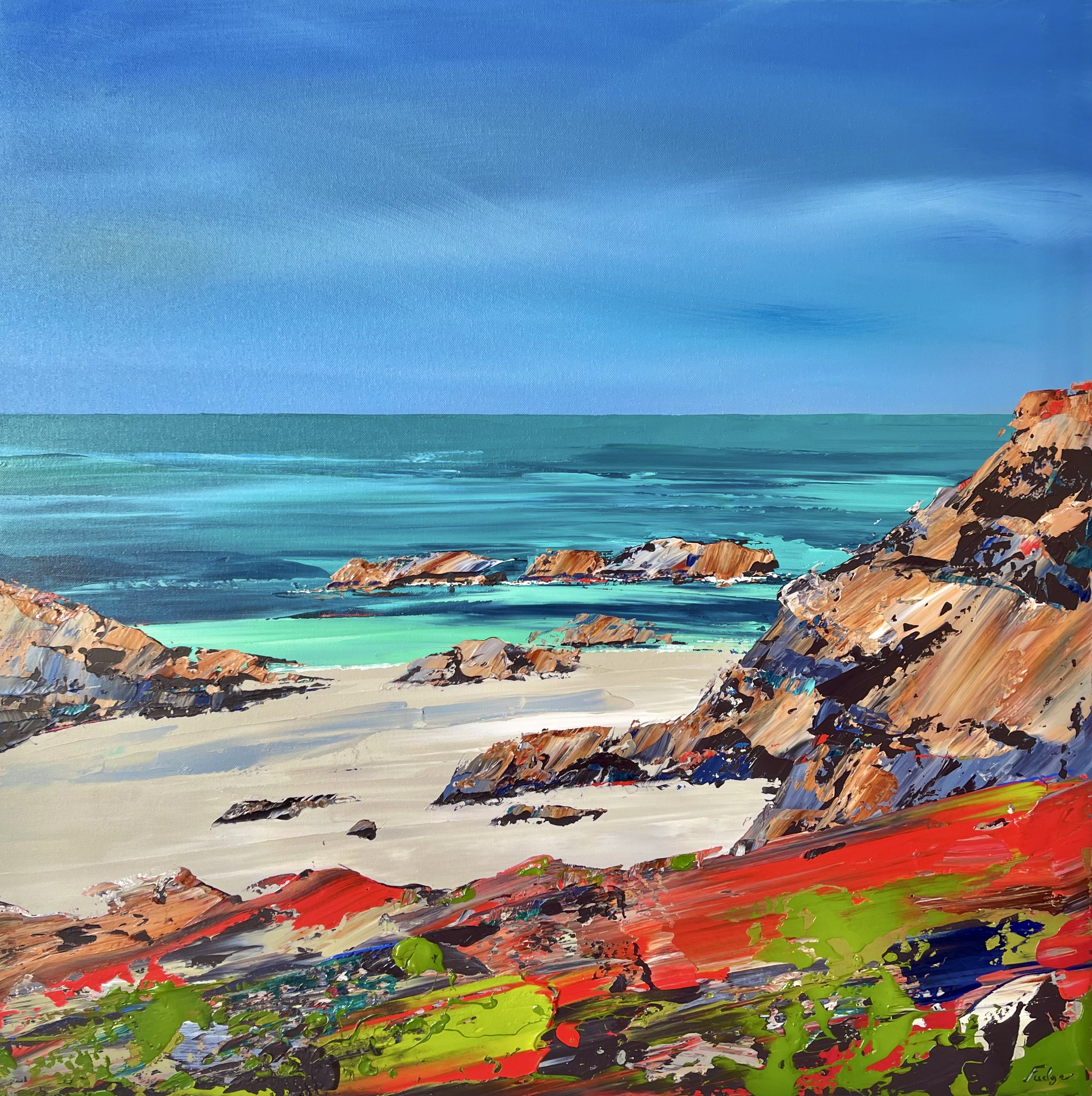
“Pembrokeshire is my office… along the back roads and down to the beach - running the foxglove gauntlet …” Tim Fudge
Tim Fudge is a time traveller; with Wales in the blood and the Scottish Colourist movement his natural Scottish birthright.
Unafraid of risk, even if that leads to destruction; each piece of Fudge’s work must have integrity. None leaves the studio without it.
Expect bold, sculpted landscapes - and expertly crafted knife use - giving the work a visceral, immediate quality. The viewer is able to experience the landscape in a way that is real - and rare.
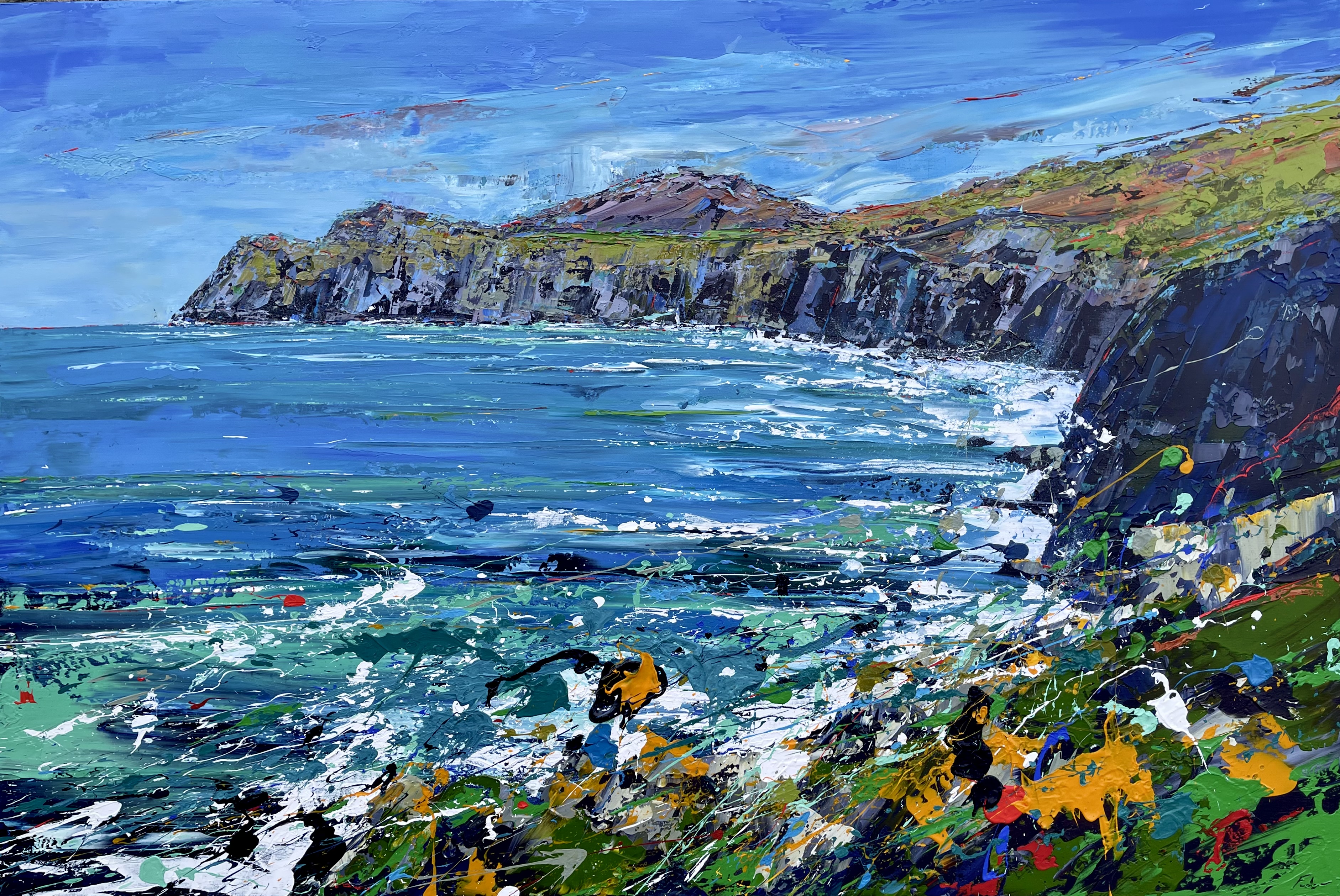
Fudge’s work is inspired by the Scottish Colourist Movement; and Joan Eardley’s influence in particular, shines through in his glorious use of colour.
“I’m fired by the contrast of emeralds and Prussian blues of the sea against the cadmium yellows and oranges of lichen, or the intense reds of rowan berries against the blue of the sky.”
His latest exhibition at the Albany Gallery in Roath, Cardiff, is one that has been highly influenced by the weather experienced in the Spring and Summer of 2024.
“Extraordinary, in how wet and cold it has been,” says Tim… “but the flowers are glorious - a riot of wildflower colours”.
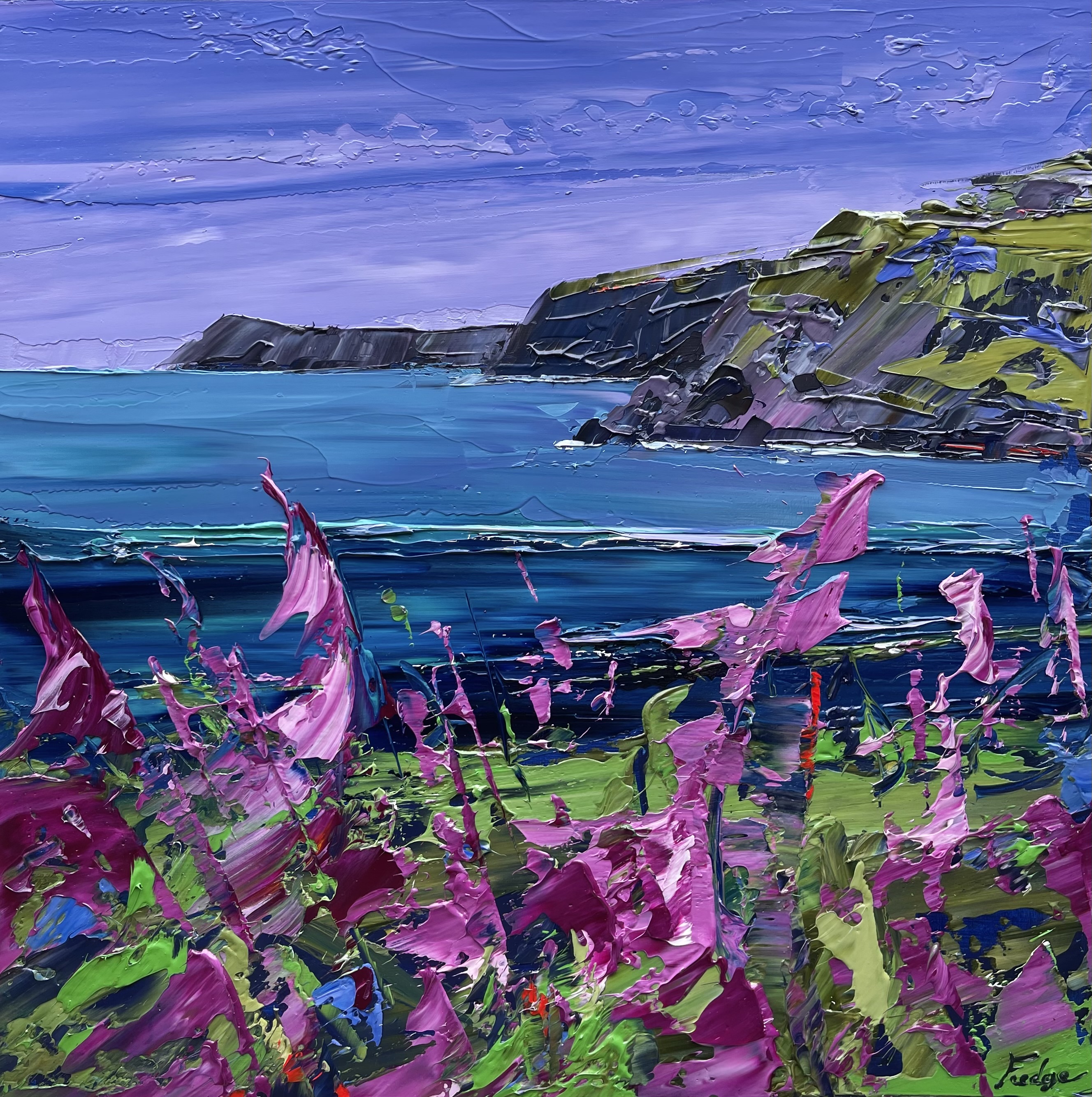
Roath’s fertile arts scene stands with Albany Gallery as the original; and the loyalty between artist and gallery is clear.
“I have a long standing relationship with the Albany Gallery, " says Tim. “They have been with me, really, since 1998”.
Fudge’s epic landscapes of wild and coastal rock - something that seems to obsess him in the urgency of the work - is softened by his use of wild flowers and lichen - in such a way as to bring those worldly sensory delights to real-life-like experience.
He was also a child during the ‘hippie invasion’ of west Wales, during the 1960’s and 1970’s - although Fudge's family relocated to the area to farm - he has surely been influenced by those halcyon summers of endless days filled with liquid sunshine and the good life. A desire for something different; more westerly in outlook, than his roots of Scotland and Hull.

Looking out across these wide and almost panoramic skies, kissing the horizon of that shining sea, does he think that it’s possible to time travel whilst admiring these wild and wondrous coasts of Wales? Our eyes look upon shores that have stayed the same for thousands of years… is this a way of connecting us to our past, the present and our future? “For sure. I’ve been a keen student of archaeology and history - I think that has played a big part in the fascination… (of) sitting on top of a cliff looking out across the sea… there’s something primaeval in that.”
Carolyn Genders is an Alchemist; an inciter of excitement and inspiration…
“Integrity; belief, and the question of what if are essential, I never considered anything other than (being) an artist” Carolyn Genders
“Integrity; belief, and the question of what if are essential, I never considered anything other than (being) an artist” Carolyn Genders
Carolyn Genders is an Artist Maker, a Ceramicist and a Printmaker. Prepare to be affected by Genders and her work; intrinsically, instantly. The physicality of her pieces in and of themselves within the gallery space strikes first; their organic shapes… almost inspiring the ghost of a memory of something inexplicable and magical. Then - in a subtle and sensuous way, the viewer is invited to observe how her marks and inscriptions slowly reveal themselves - and the relationship between artist - object - and viewer, evolves and deepens.
It is an experience full of feeling. An instant yet unconscious emotional impact as we observe the sensuous and energetic gestures and the strong seam of raw life that runs through every piece - and indeed, from one piece to another.
There are multiple relationships at play here: Feeling meets expert technical ability and skill; as well as ideas about fragility and strength, informing the physical and emotional state of each piece and their relationship to one another.
Genders has created her own ever-evolving surface if you will. It is about always moving forwards, without restriction: “I have developed my own (language) over the years - the changing of the colours in the firing… when multiples of dreary shades eventually become glorious and vibrant… but with unpredictability and excitement… I love that”.
Incising and scarifying through layers of matt vitreous slips and burnished terra sigillata; uniting the physicality of how she works with both clay and print; and the potential of the created surface, Genders responds to her material innately. She experiences hyperfocus; using the energy of the work, whereupon the turntable itself becomes a part of the movement and strong rhythmic form of her creations.
“There is life in my work; a raw energy. I am always standing back and reassessing, thinking… until that moment when the energy takes over… “My work comes from a place informed by my practice of looking and seeing - the interplay of colours, the counterbalance of textures, the energy of gestures and the constantly evolving pattern of my surroundings. My inspiration is internal, a conscious analytical series of responses to an ever expanding catalogue of understanding."
Meryl Cubley Aug 2024
Tim Fudge and Carolyn Genders exhibit at the Albany Gallery from 13th September to 5th October 2024
An introduction to the life and work of portrait artist David Griffiths.
Renowned portrait painter David Griffiths celebrates the launch of his new book with a signing event at the gallery on Saturday 7 September, 2-4pm.
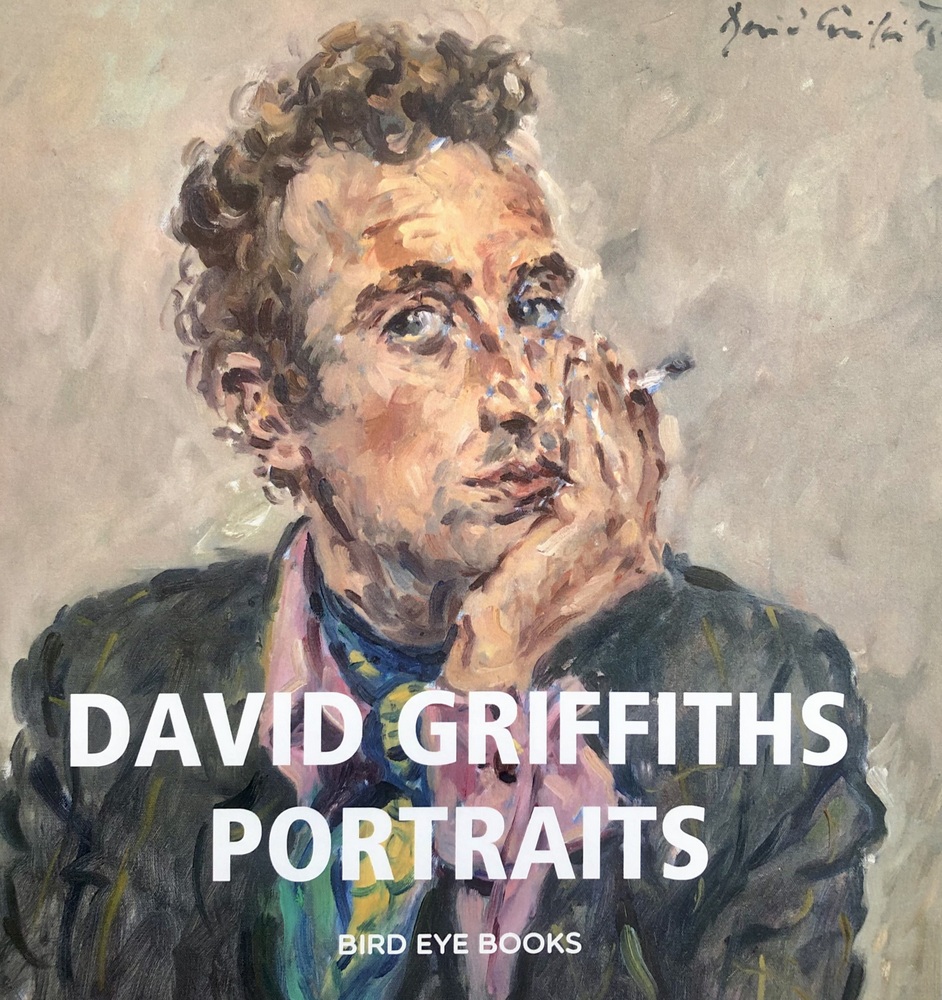
Published by Graffeg it covers 50 years of work and study, each portrait is accompanied by a short piece detailing the story behind the picture.
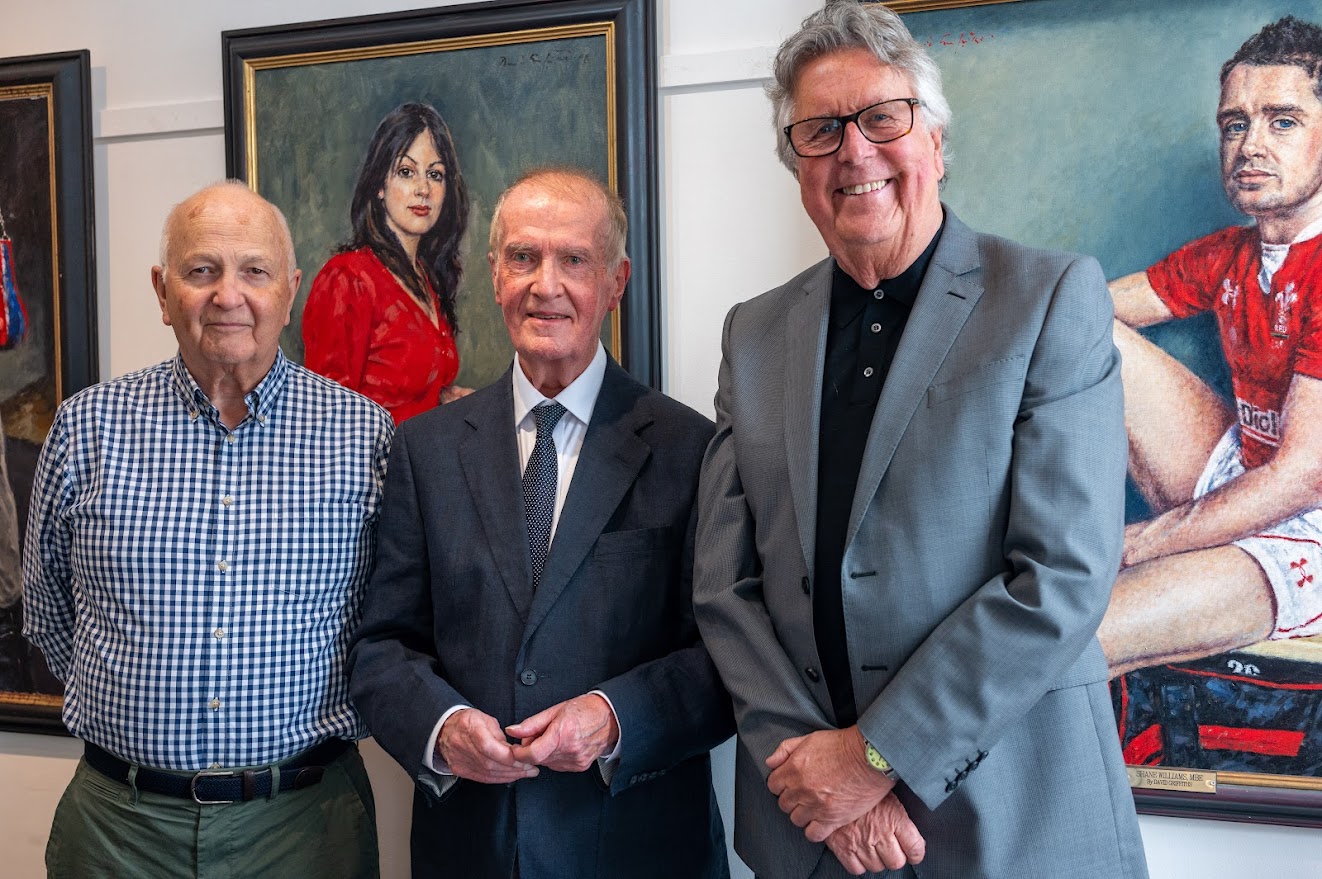
Among the well-known portrait subjects featured are H.R.H. The Prince of Wales (now King Charles III); William Farish, former U.S. Ambassador to the U.K.; Lord Tonypandy as Speaker of the House of Commons; Lord Bernard Weatherill as Speaker of The House of Commons; Rt. Hon. Lord Callaghan, former Prime Minister of the U.K.; Lord Elwyn Jones, former Lord Chancellor; Lord Cledwyn of Penrhos; The Most Reverend Dr Rowan Williams, Archbishop of Canterbury; The Most Reverend Dr. Barry Morgan, Archbishop of Wales; Rt. Hon. Lord Hailsham; Archdruid James Nicholas; Archdruid Sir Cynan Jones; Bryn Terfel; Sir Geraint Evans; Barry John and Sian Phillips.
After graduating from The Slade School of Fine Art, David Griffiths soon established himself as one of the nation’s foremost portrait painters. His subjects have included many of the most eminent figures in contemporary society: royalty, ambassadors, archbishops and distinguished members of the government, industry, medicine and academic and legal professions. David is based in Cardiff.
Alex Brown, Colin Carruthers, and sculpture by Christine Baxter
Three very different worlds from three different artists
The latest show has broad reach: it includes rosehips at Llyn Padarn and woodland bluebells by Colin Carruthers, scenes from Cardiff and Brecon Beacons by Alex Brown, and figurative sculptures by Christine Baxter.
Influences of Cézanne, Van Gogh and Matisse are evident in the work of Alex Brown, a graduate of Camberwell School of Art. Using both brush and palette knife, he works in the hinterland between representation and abstraction, with a strong focus on colour.
Colin Carruthers' rich, textural paintings reflect his recent travels around Wales and France, with nature a dominant theme. Colin has been selected to exhibit his work at the Royal Cambrian Academy's Annual Exhibition, and this inspired him to spend in more time in Wales, studying the Welsh landscape.
Like Alex Brown, sculptor Christine Baxter studied at Camberwell School of Art during the 1980s, but she is markedly different from Brown in terms of subject and medium.
Her sculptures for this exhibition include animals and the torso of a Spanish dancer. "I have always derived great pleasure from drawing, but the first time I encountered clay I never looked back," s
